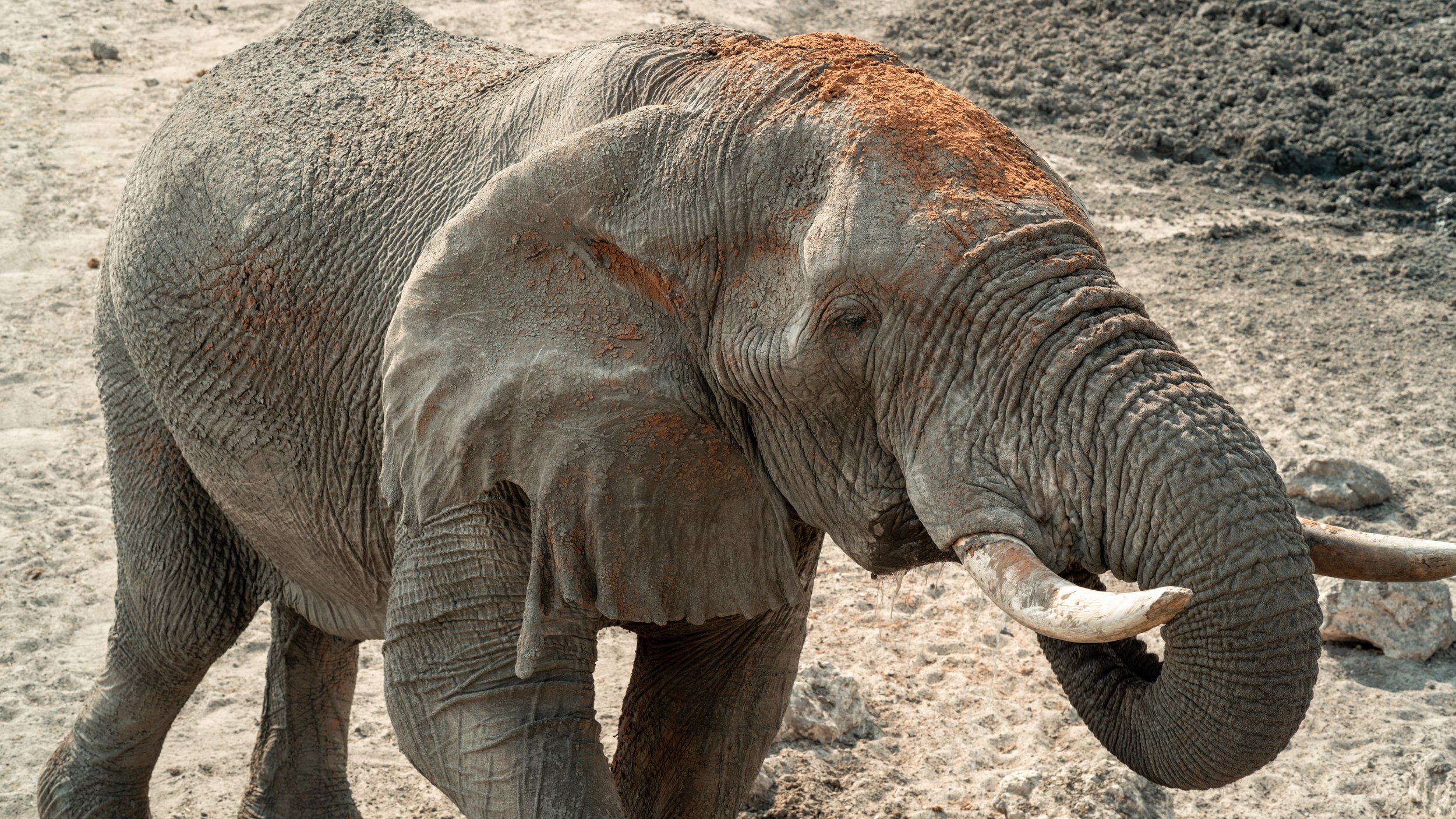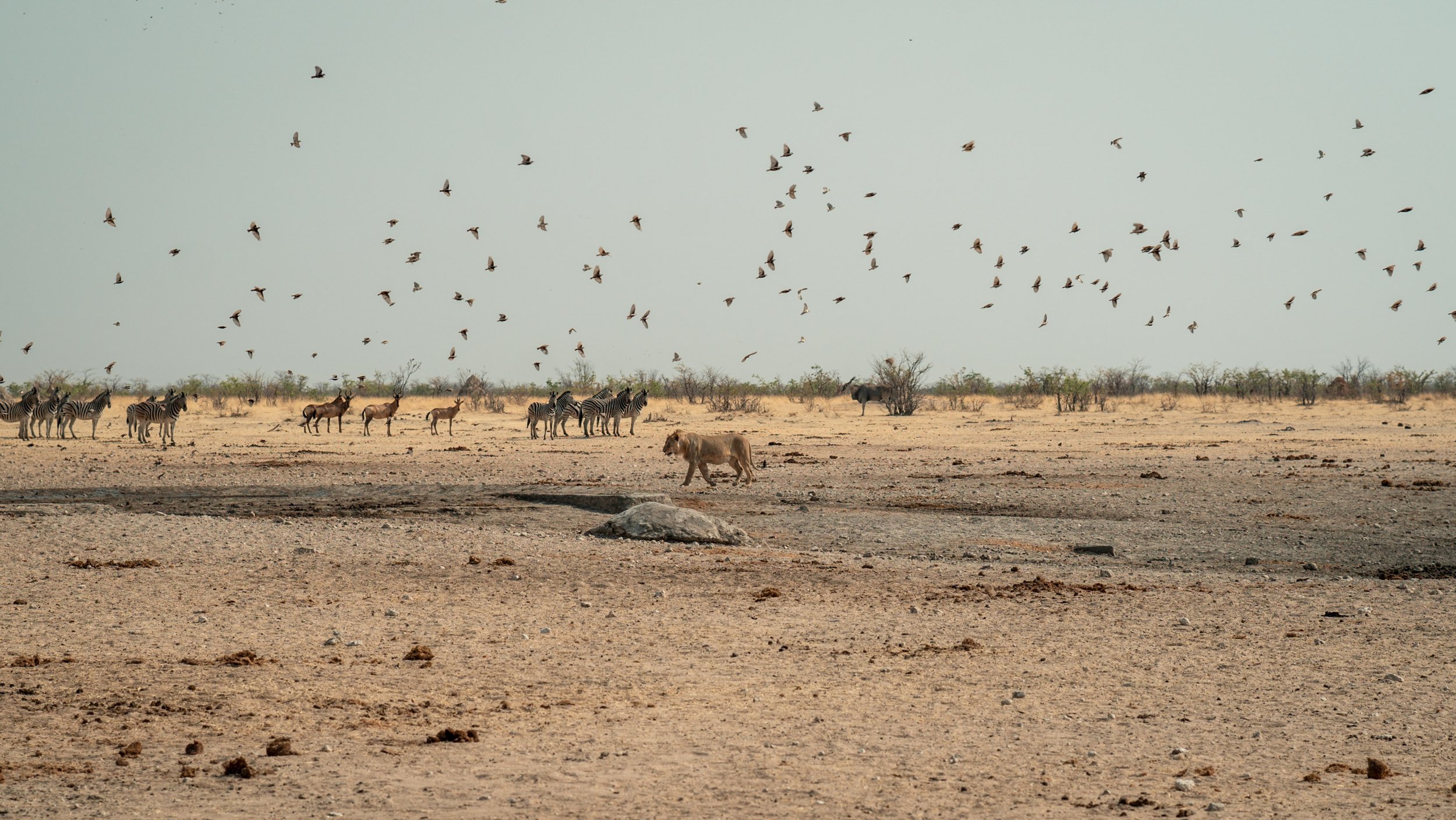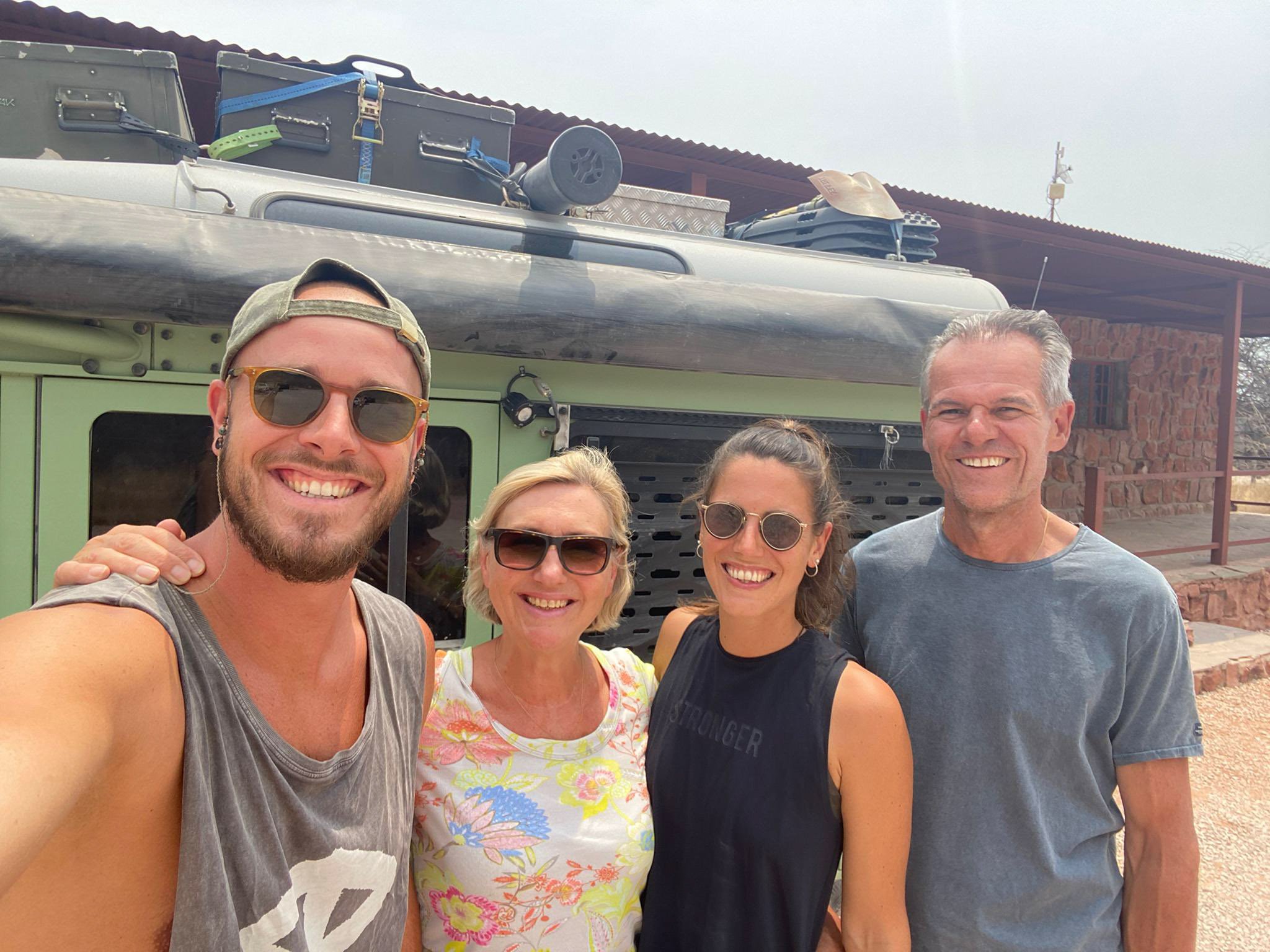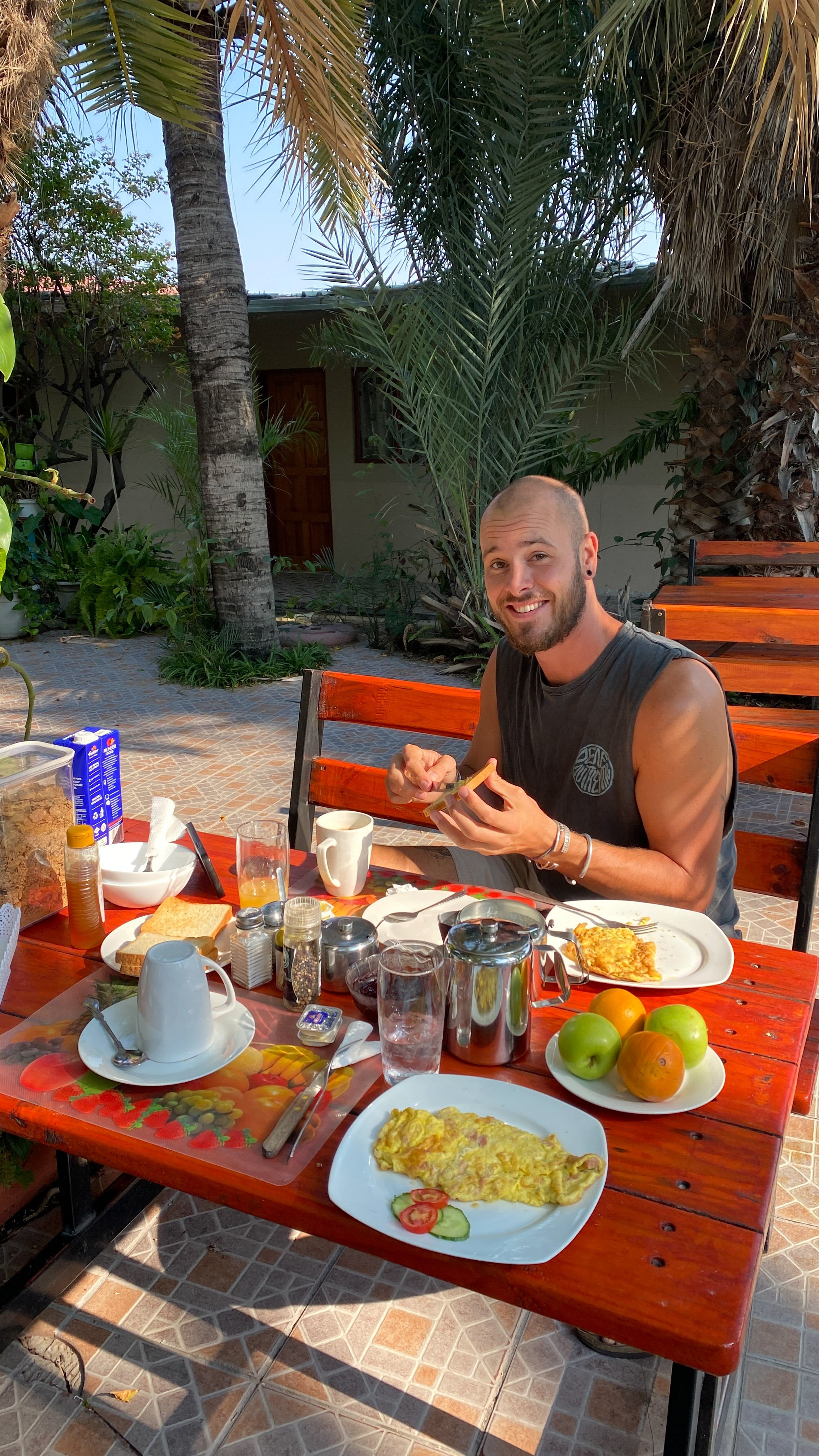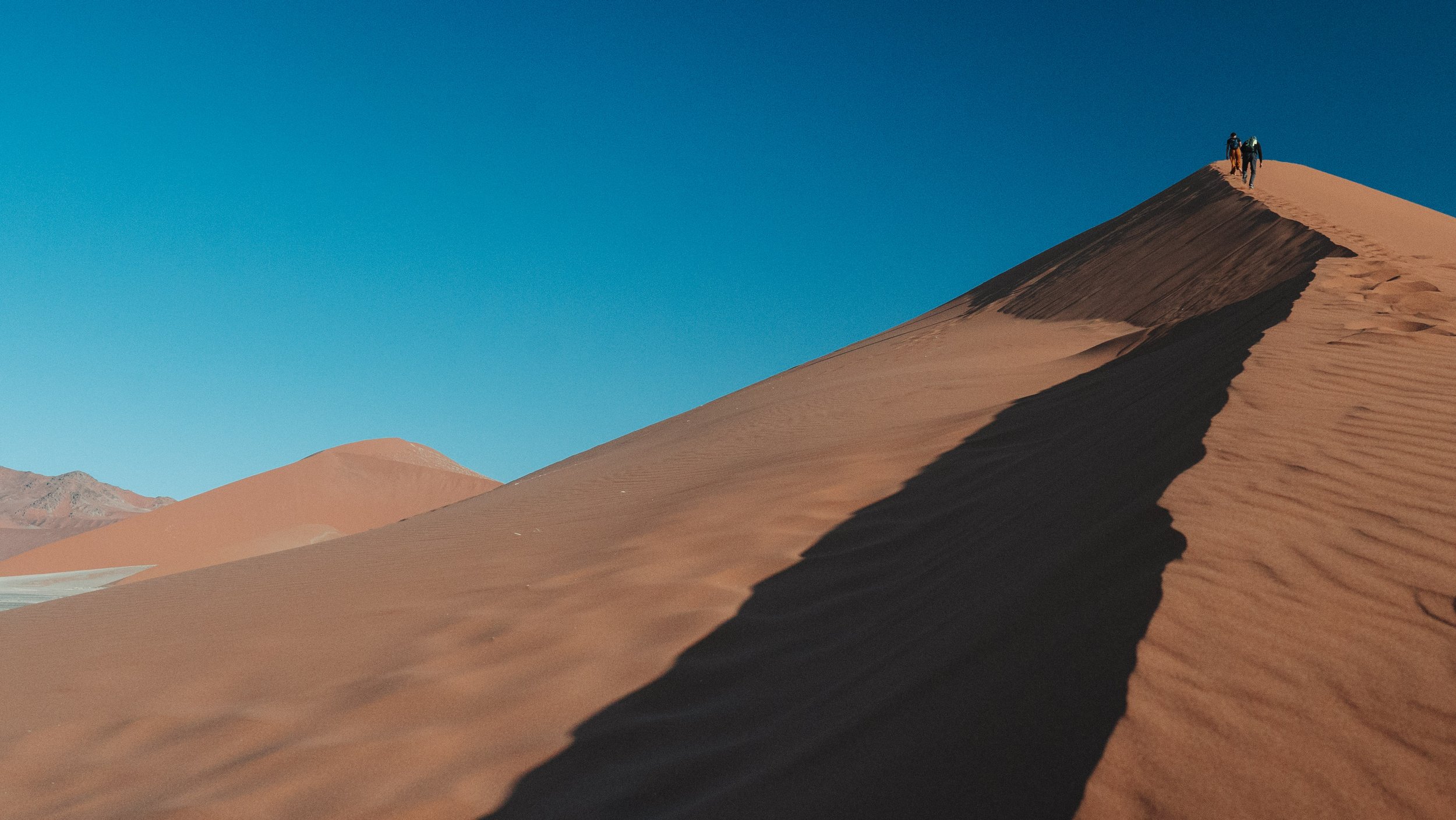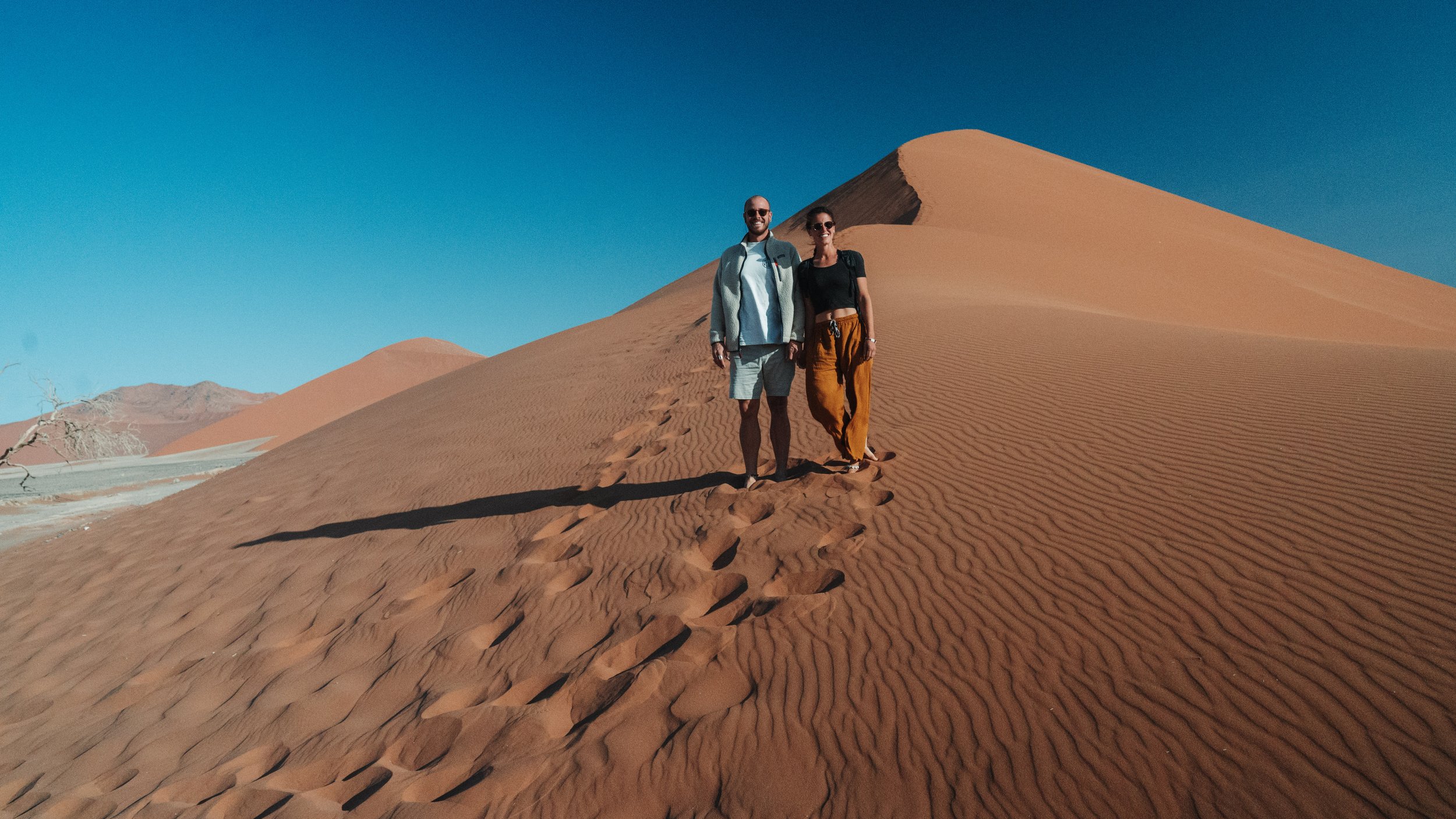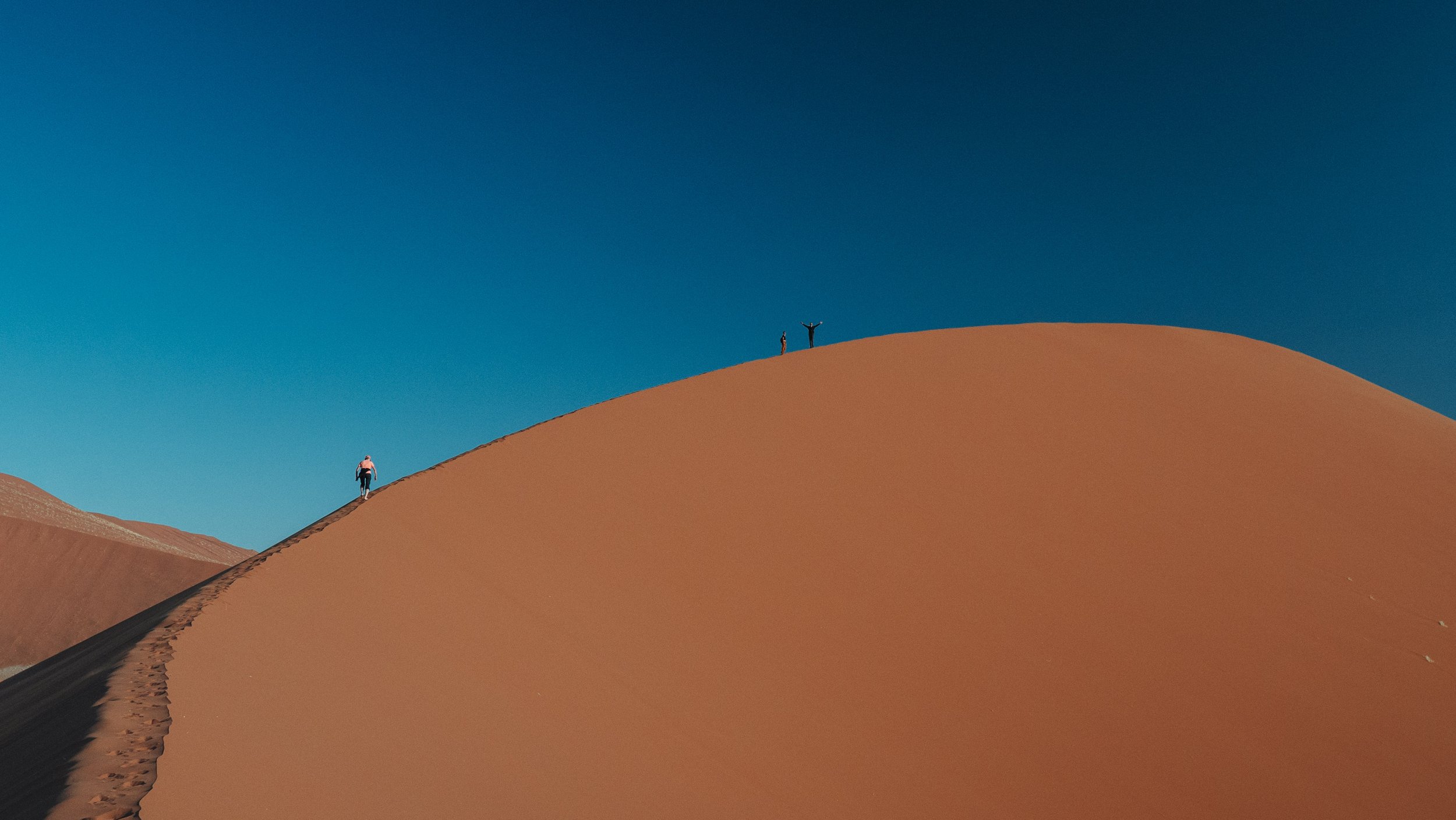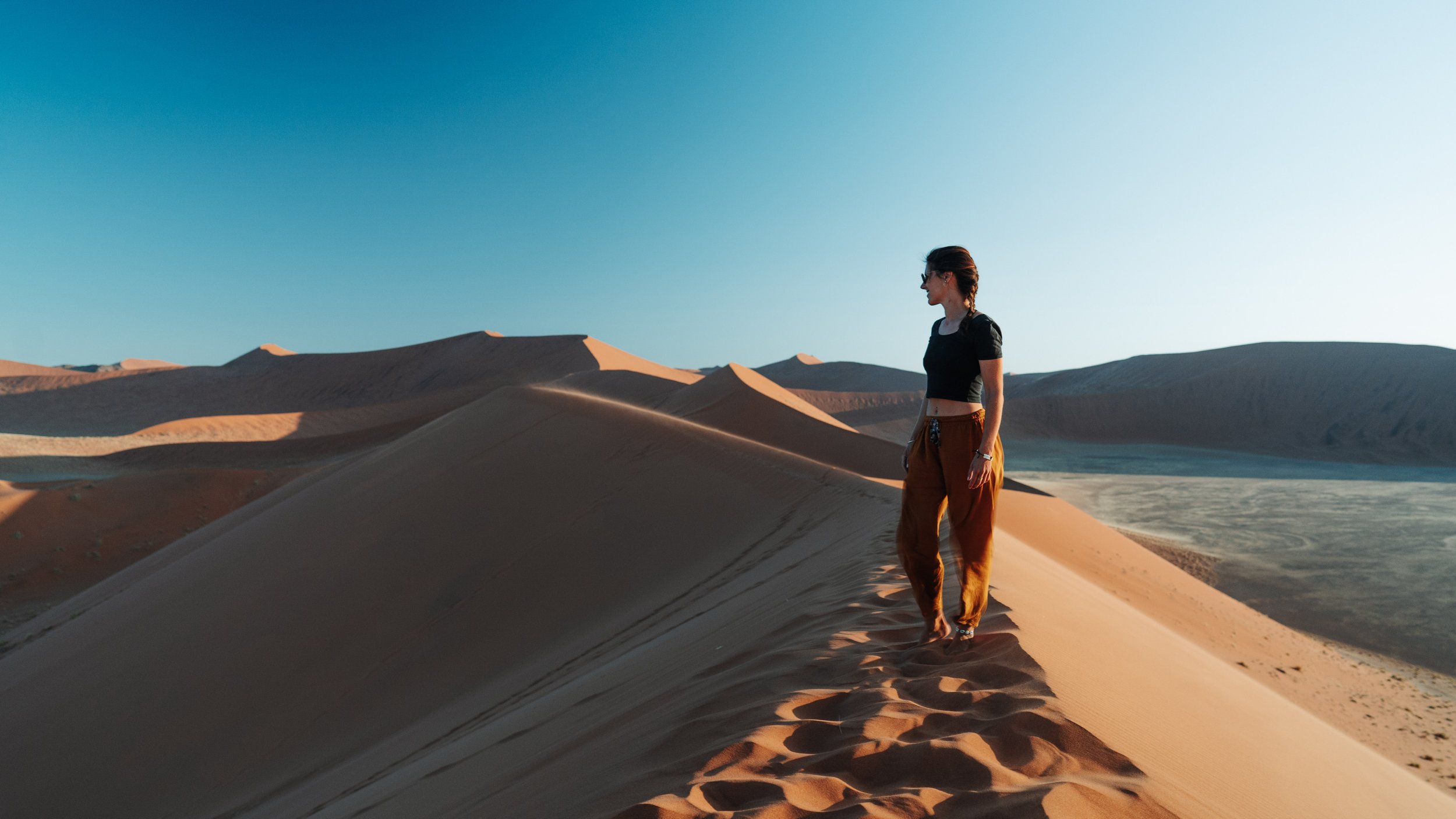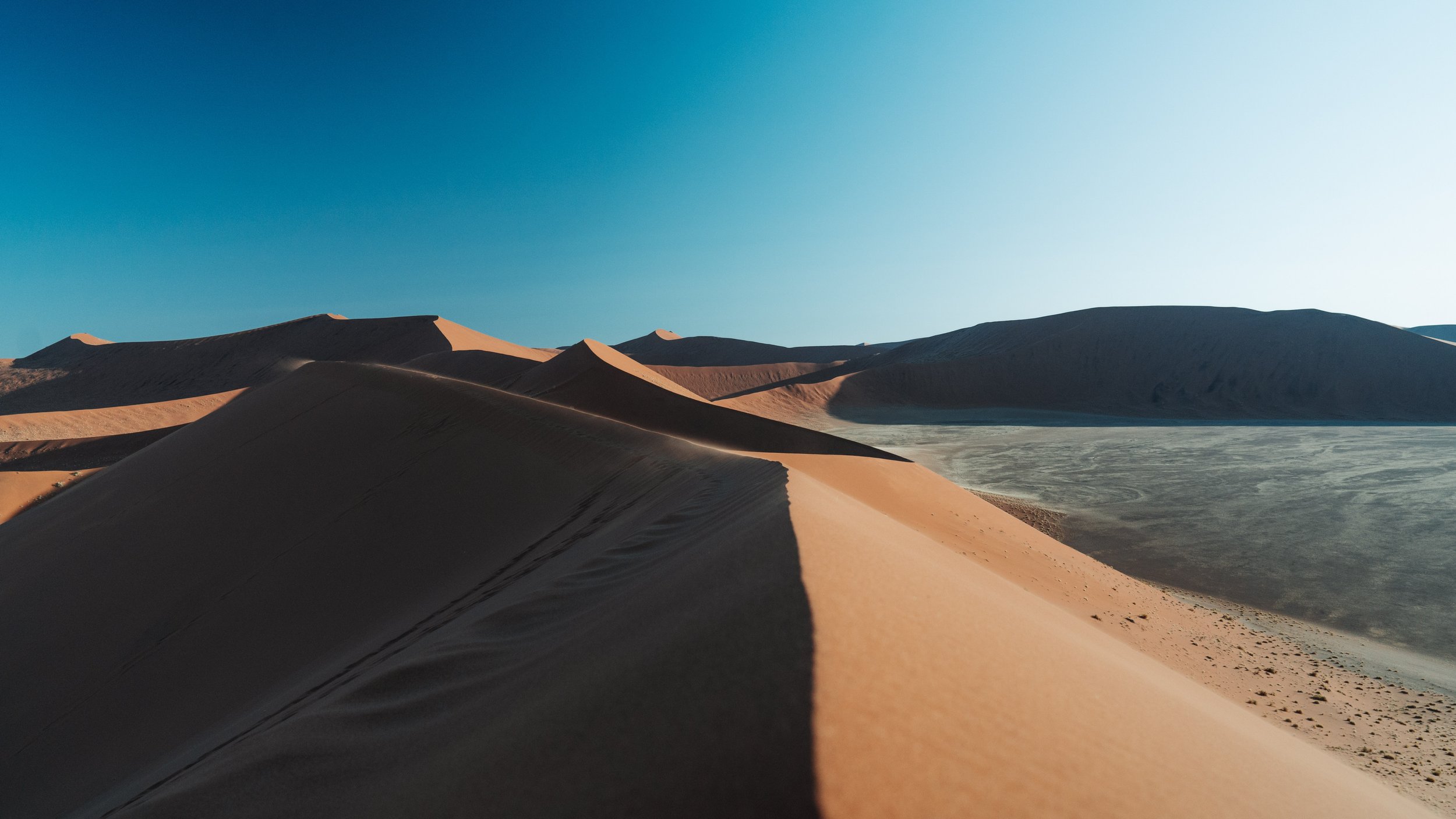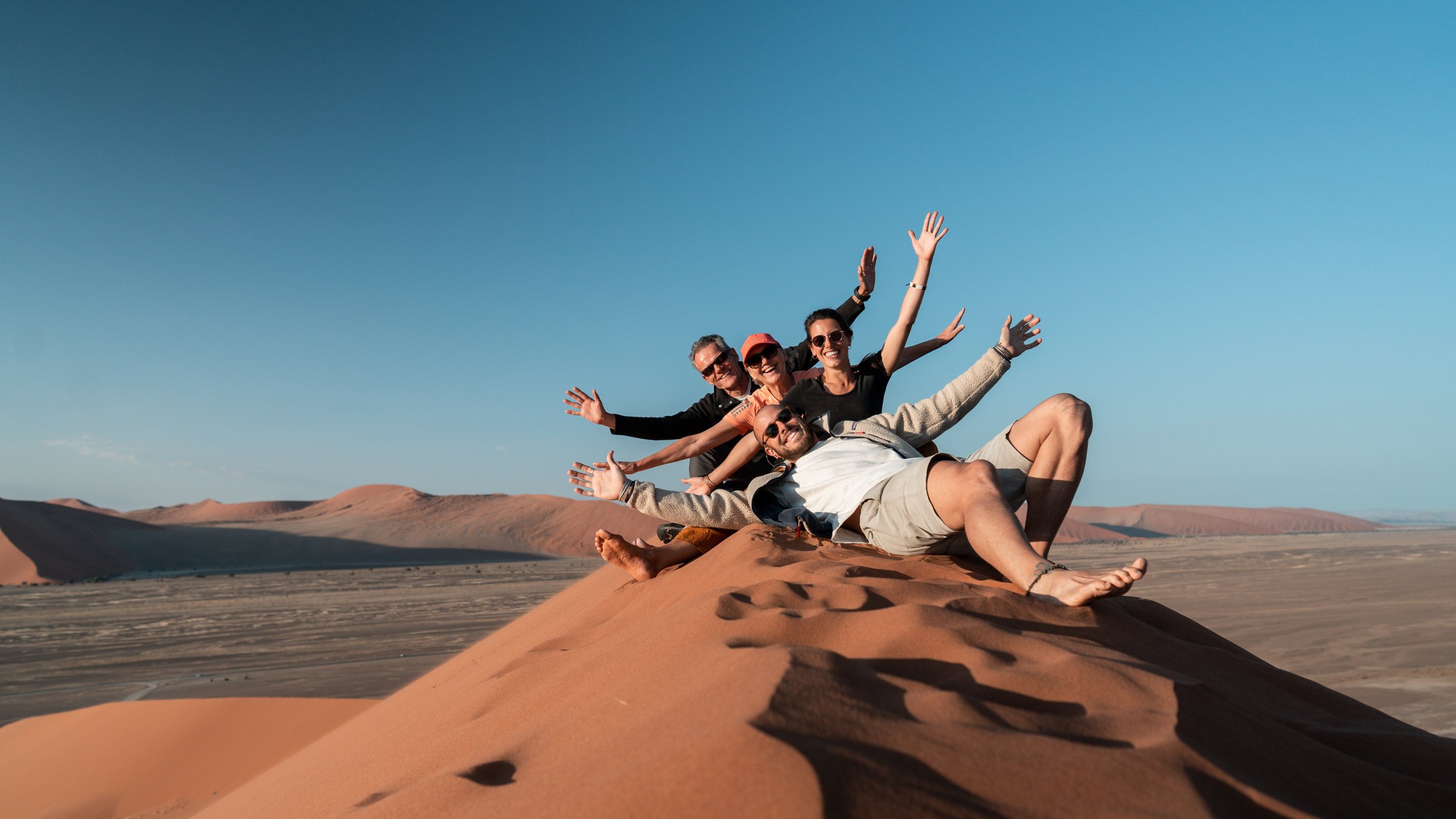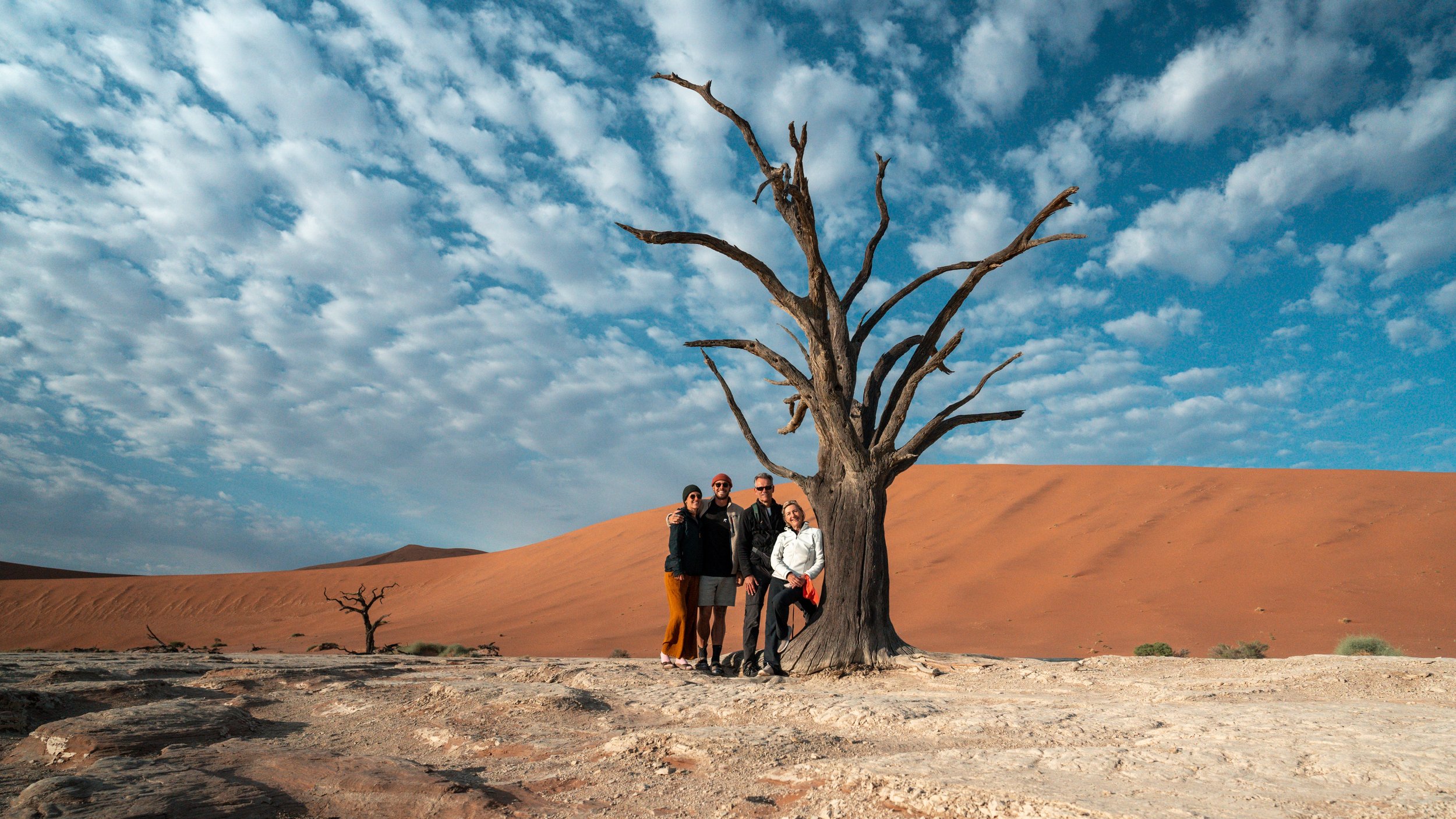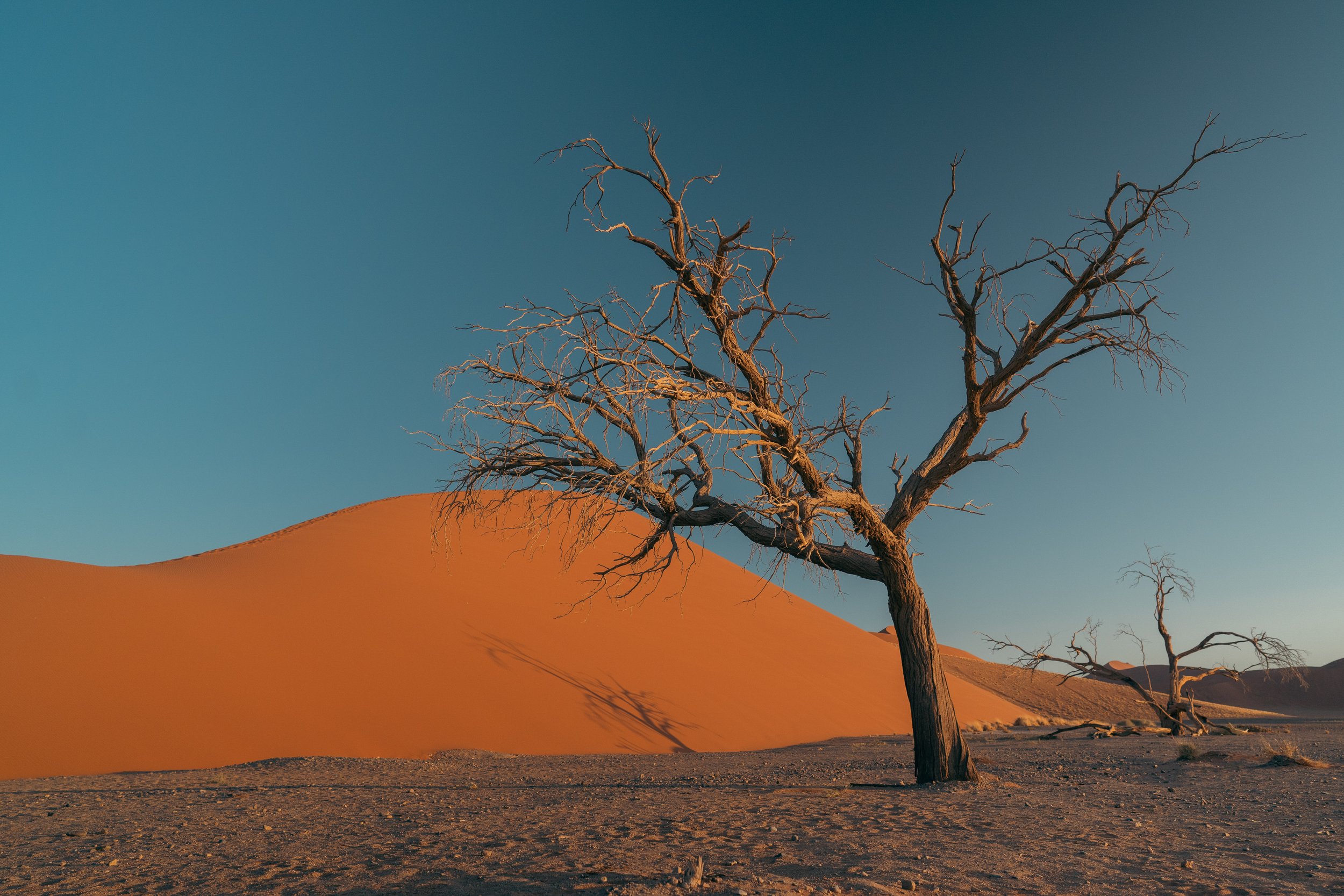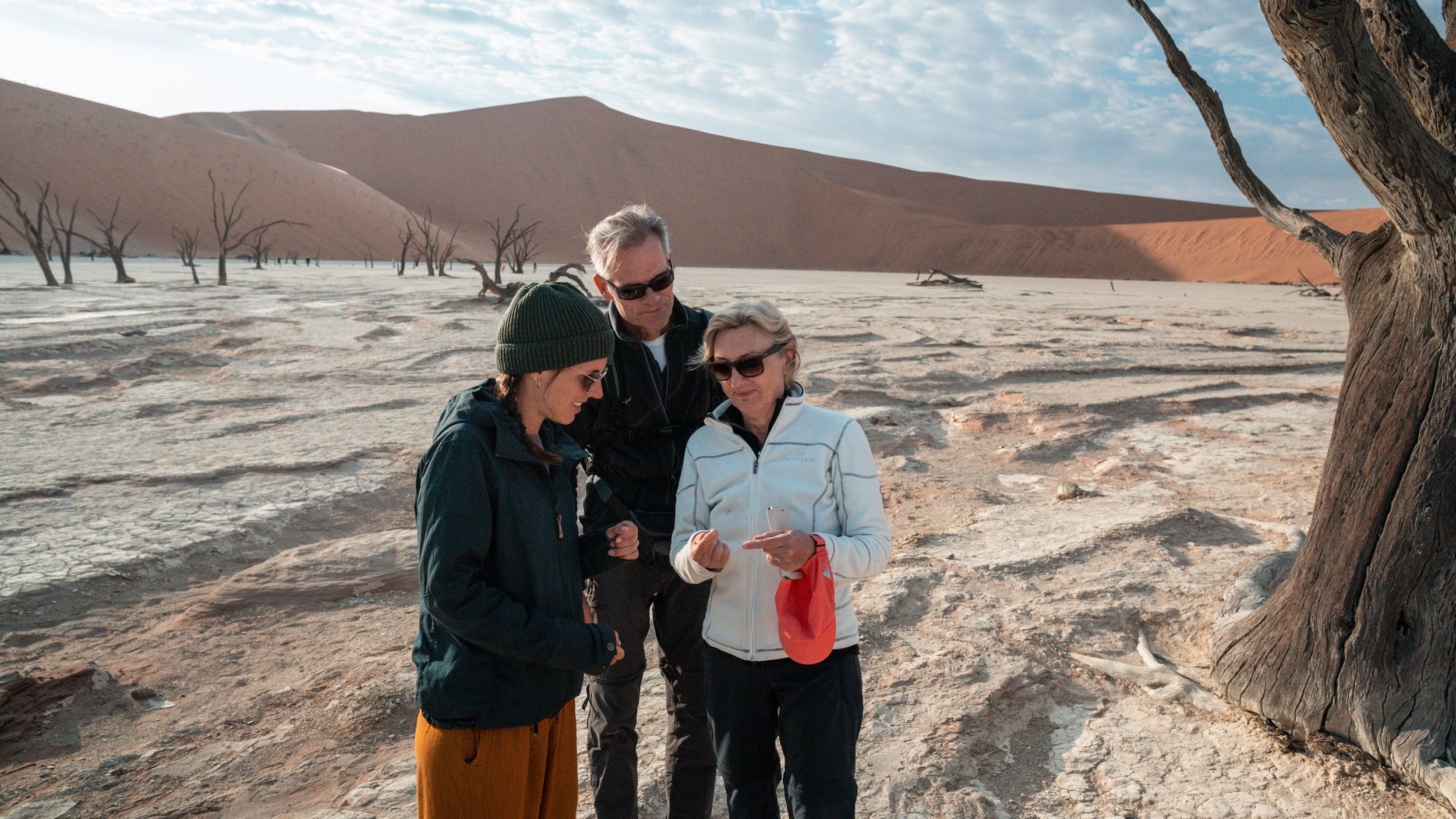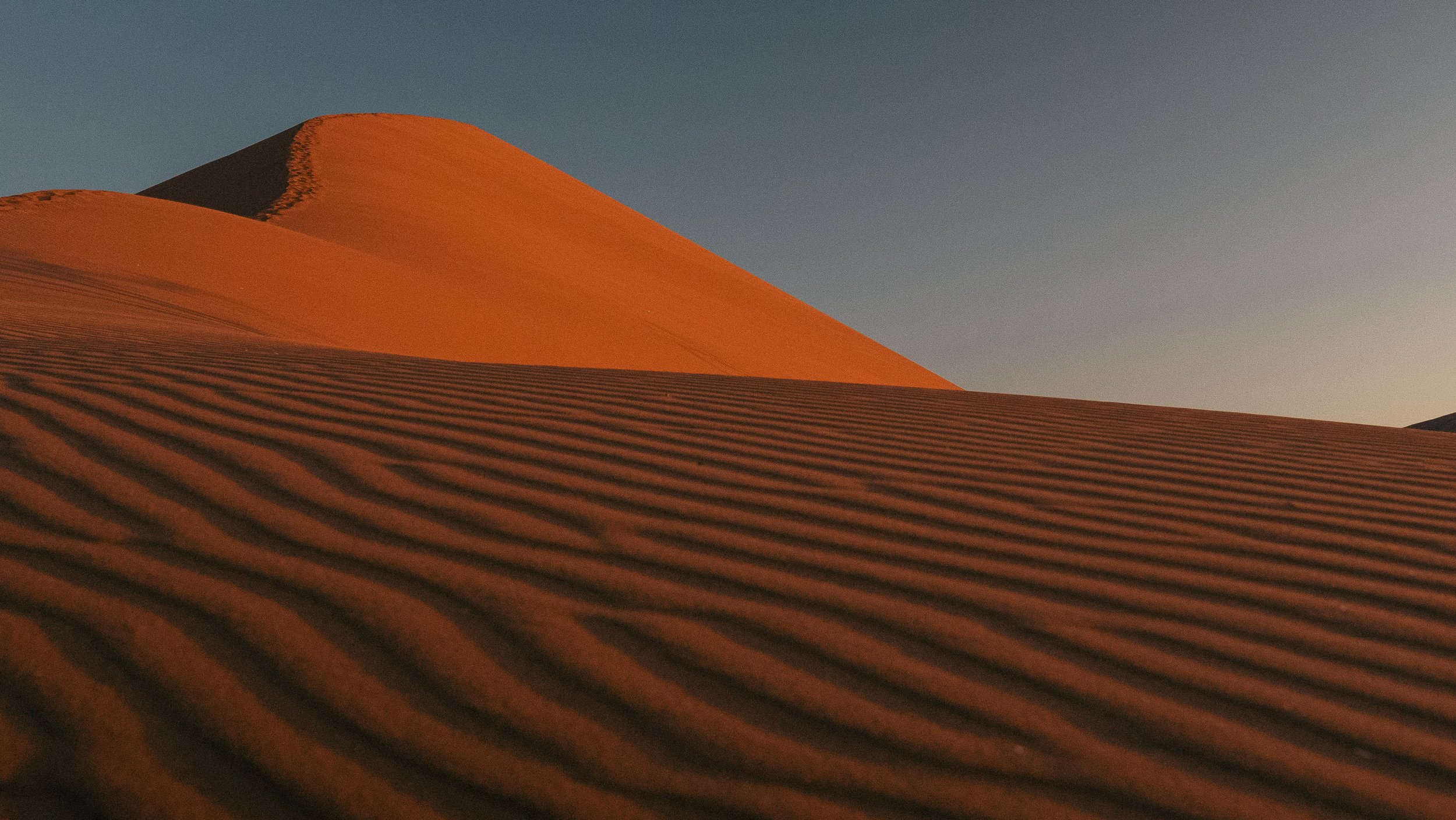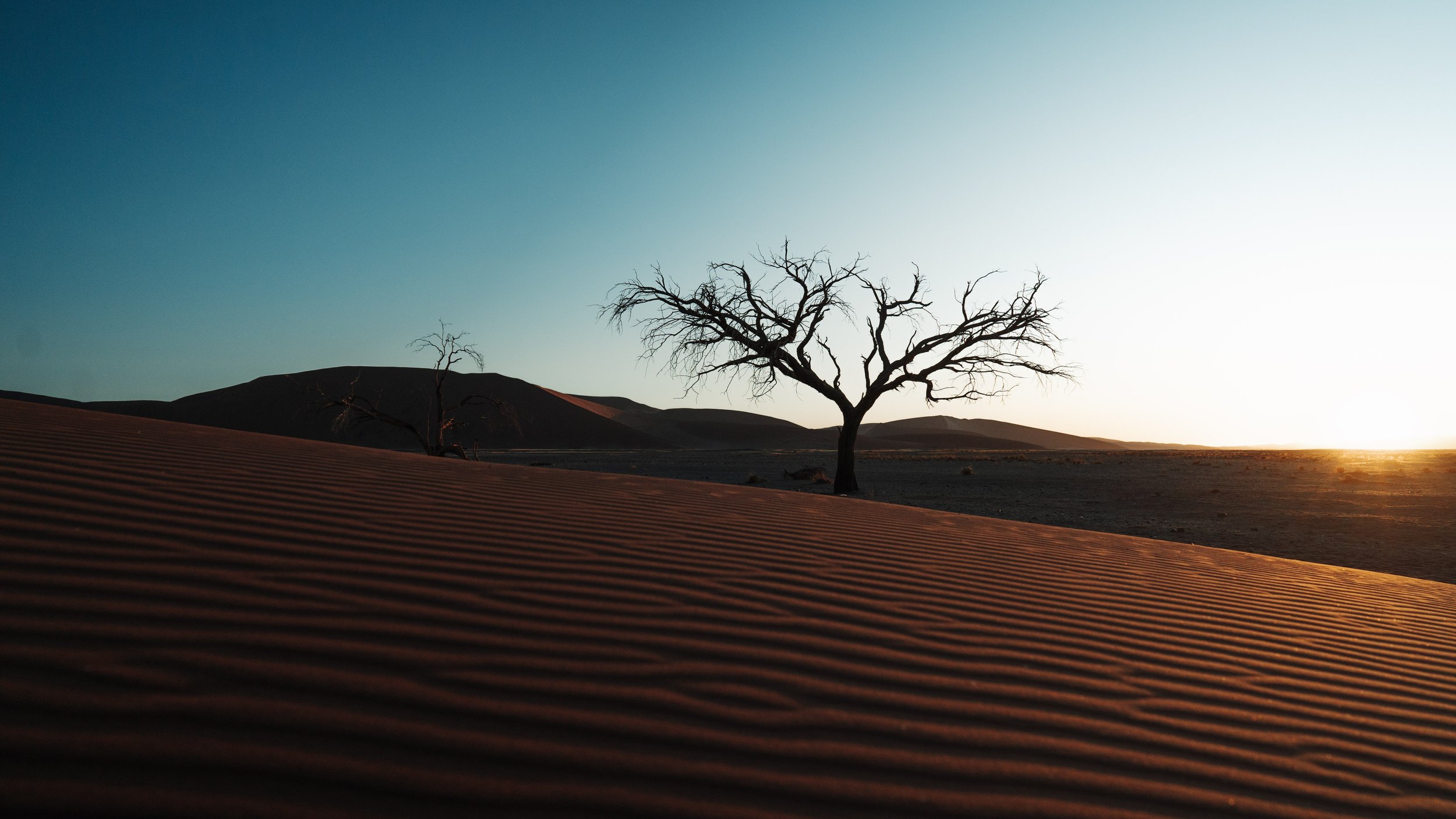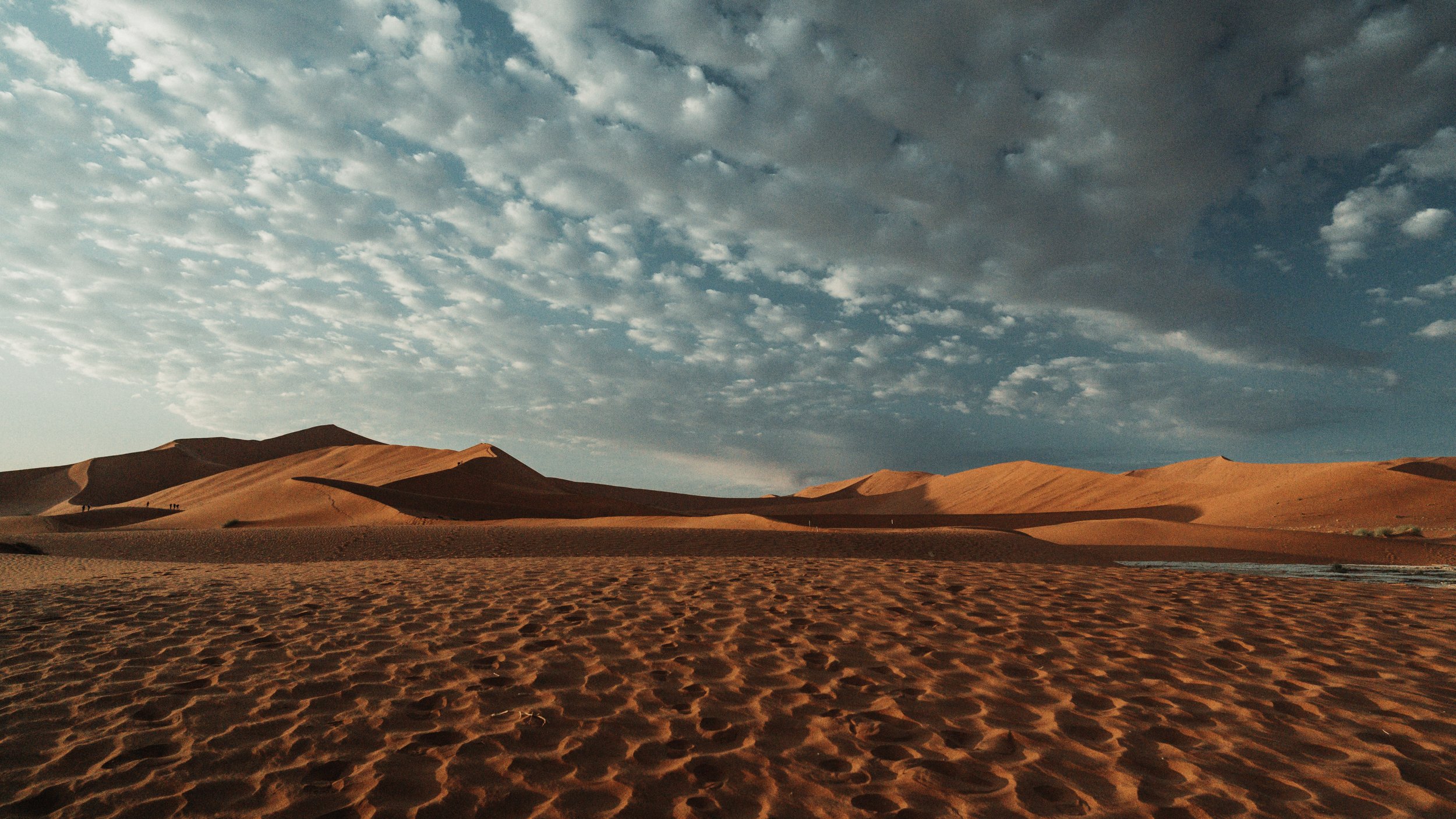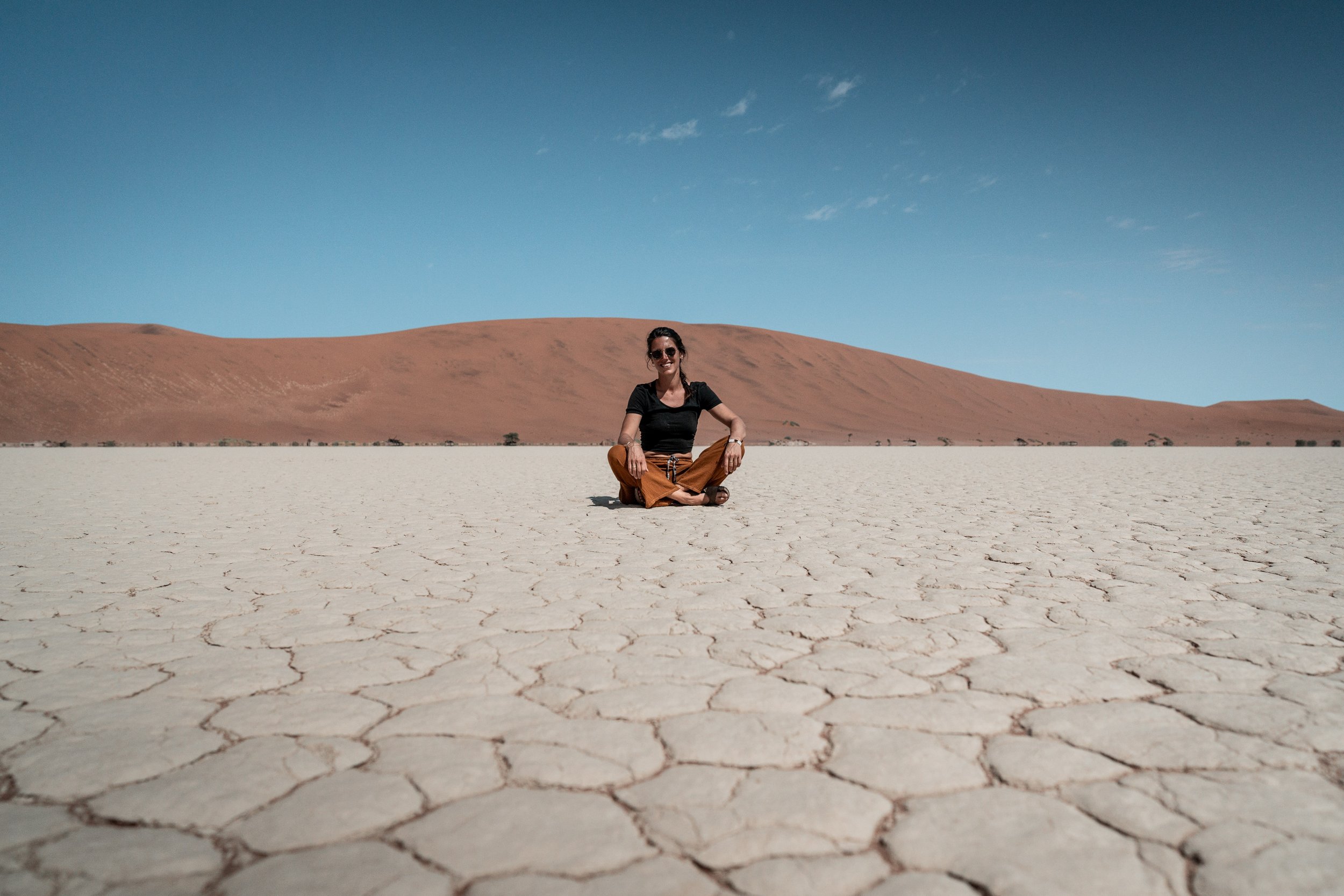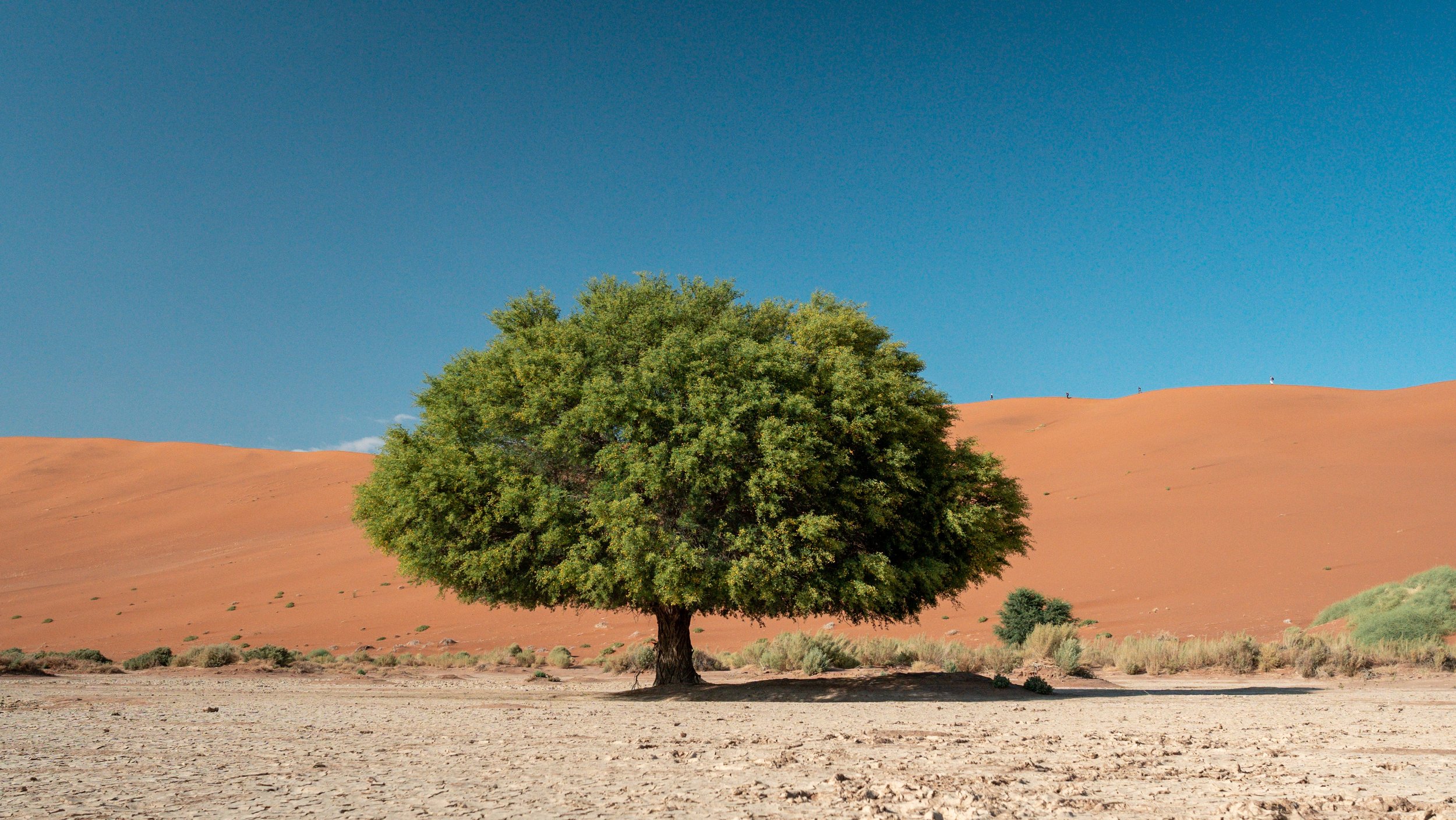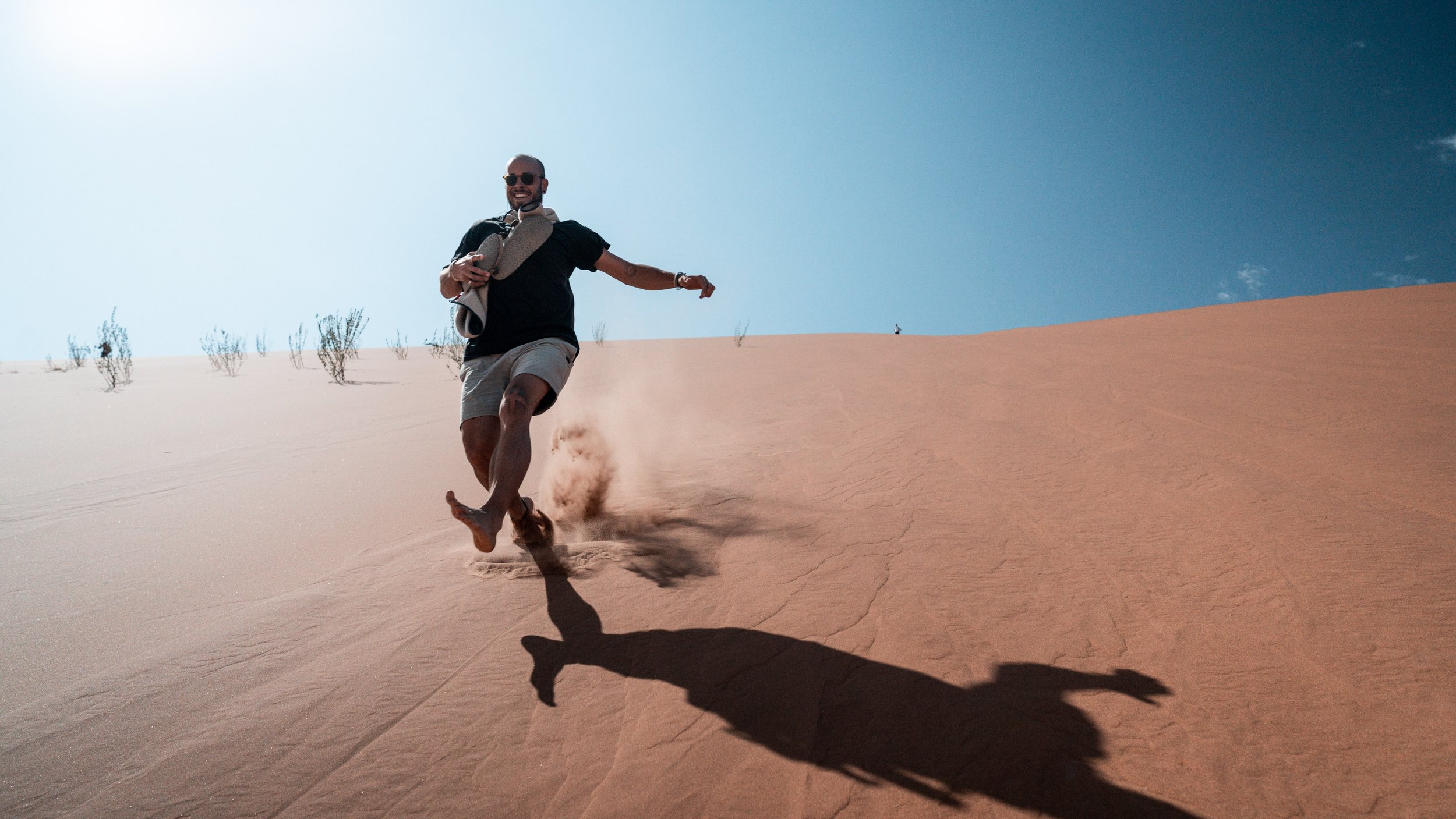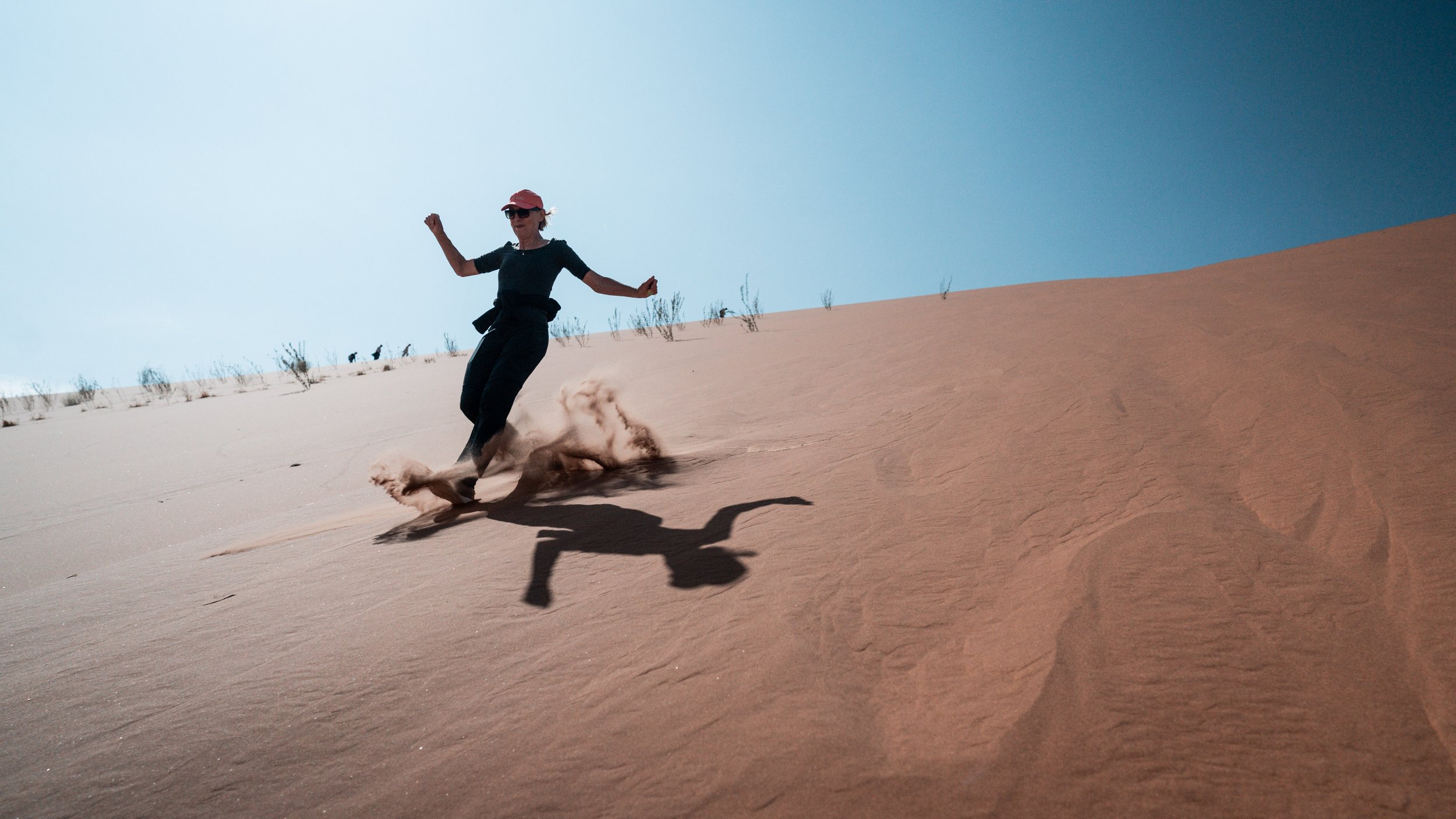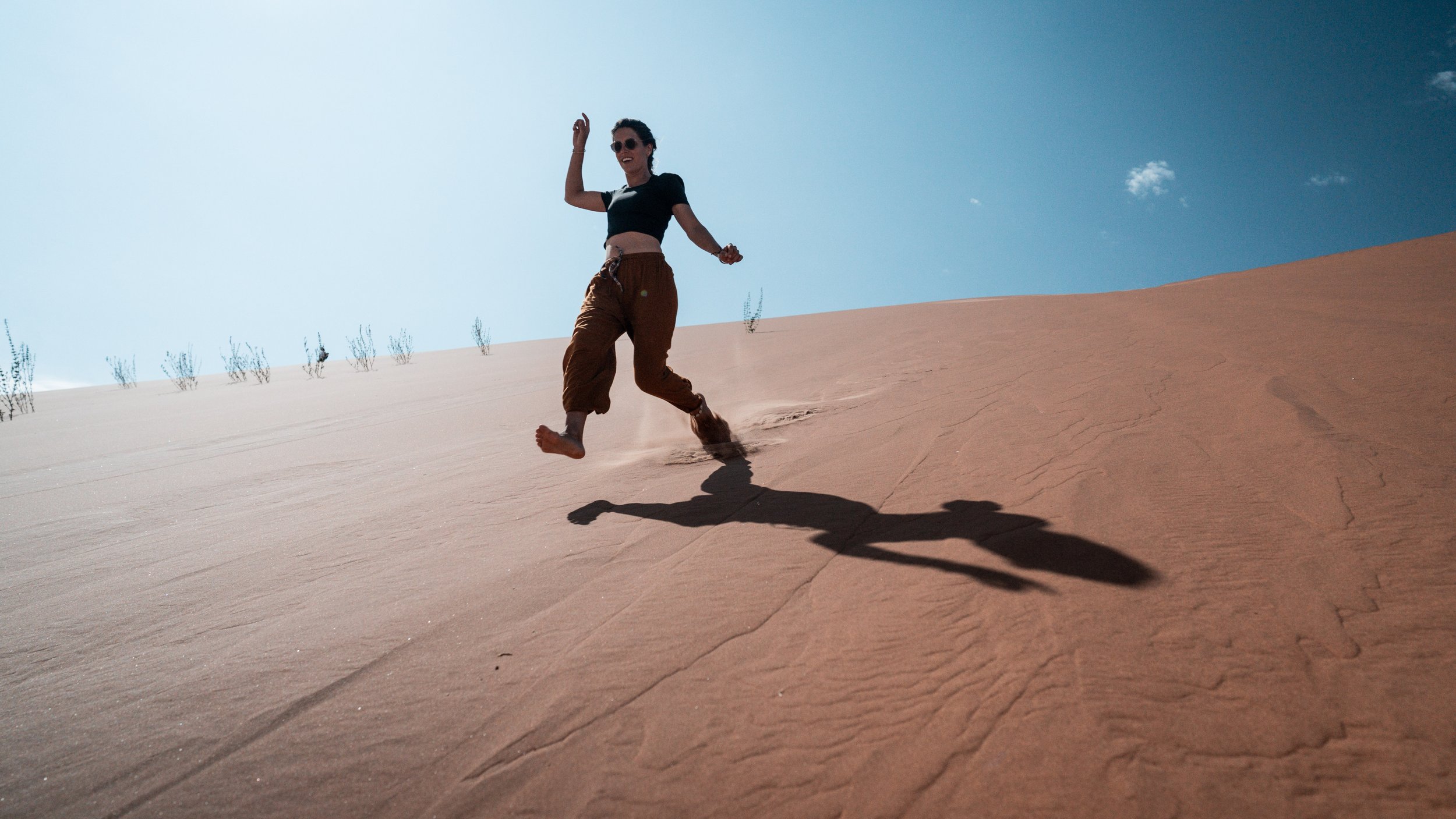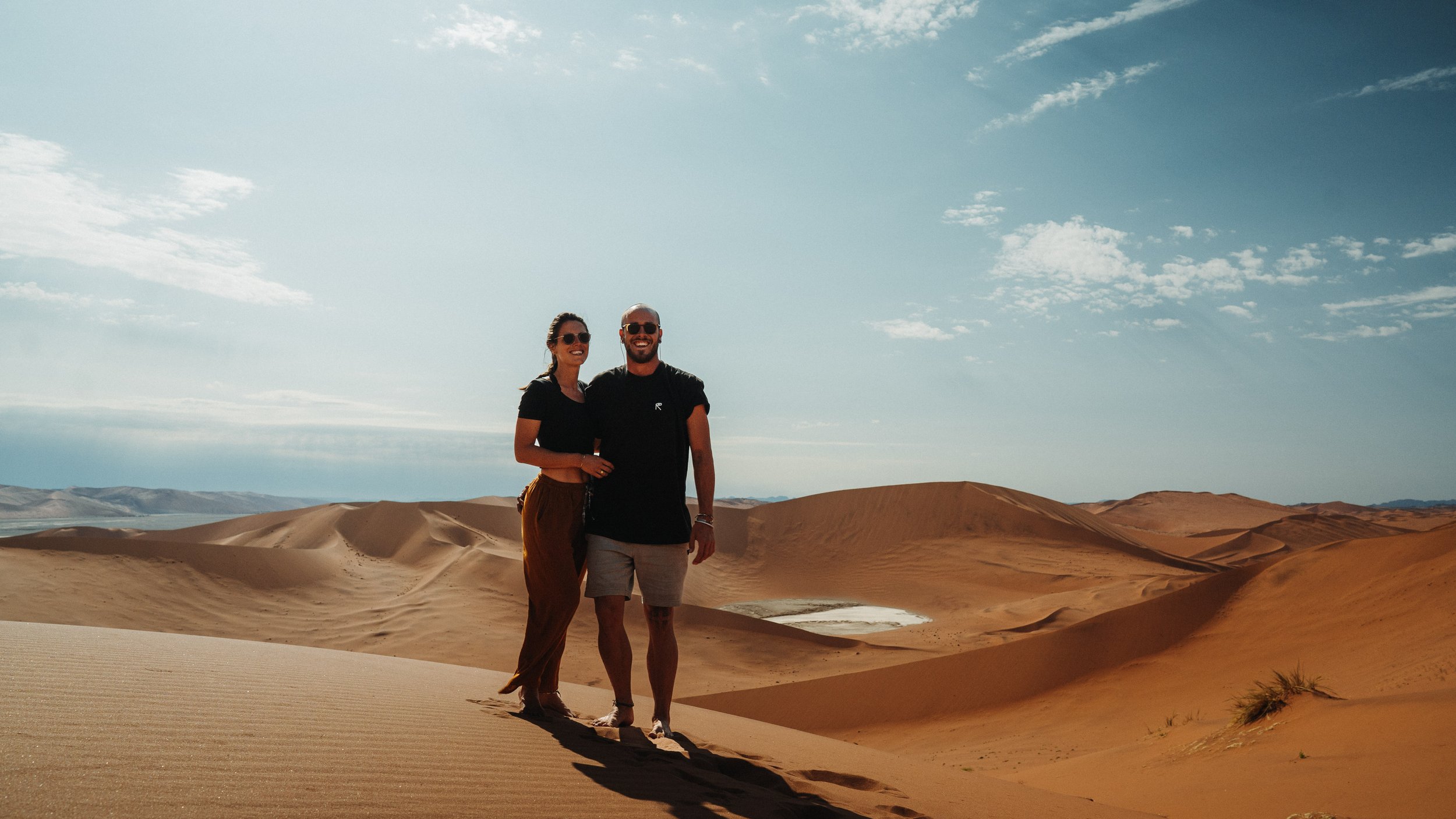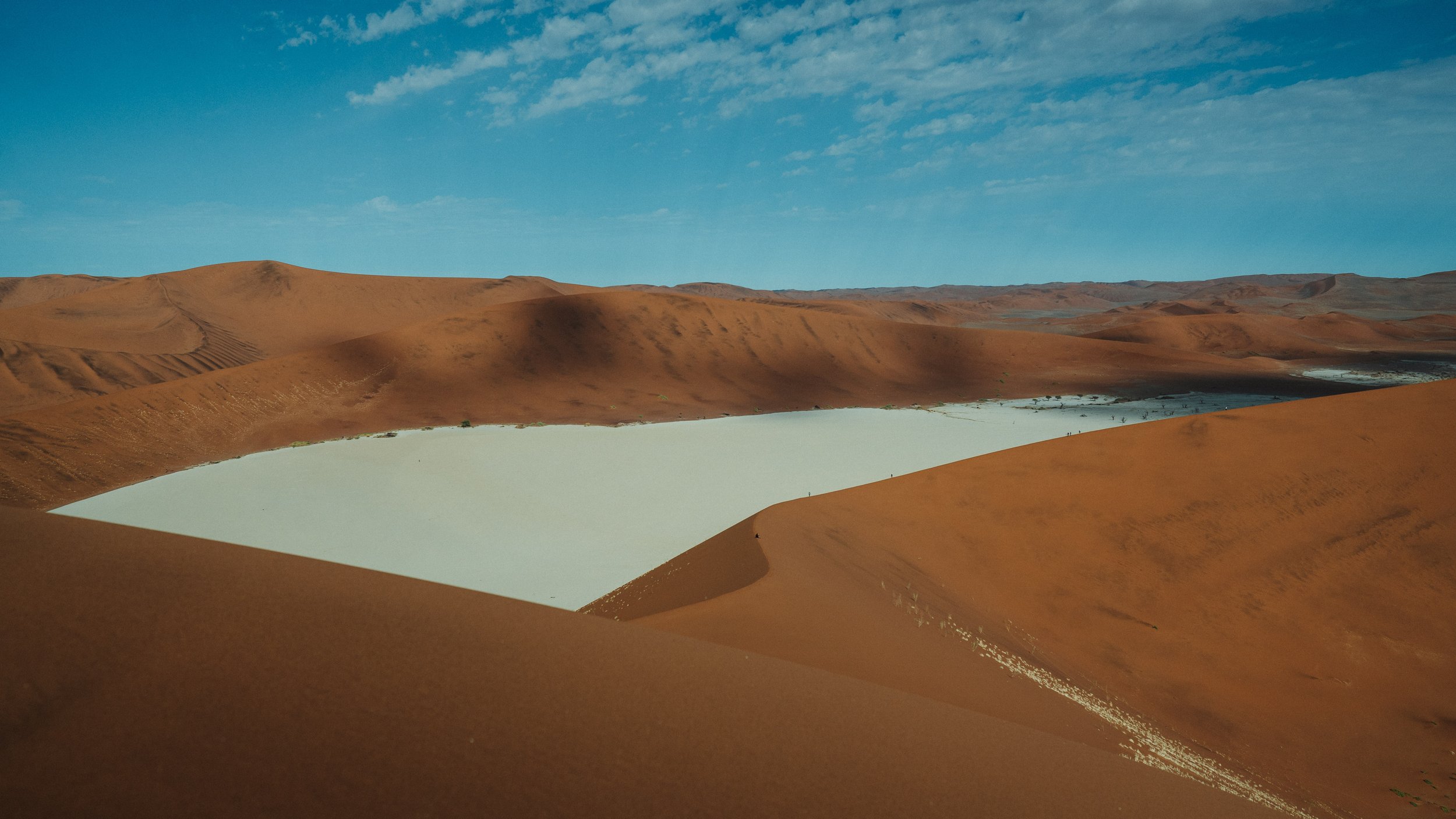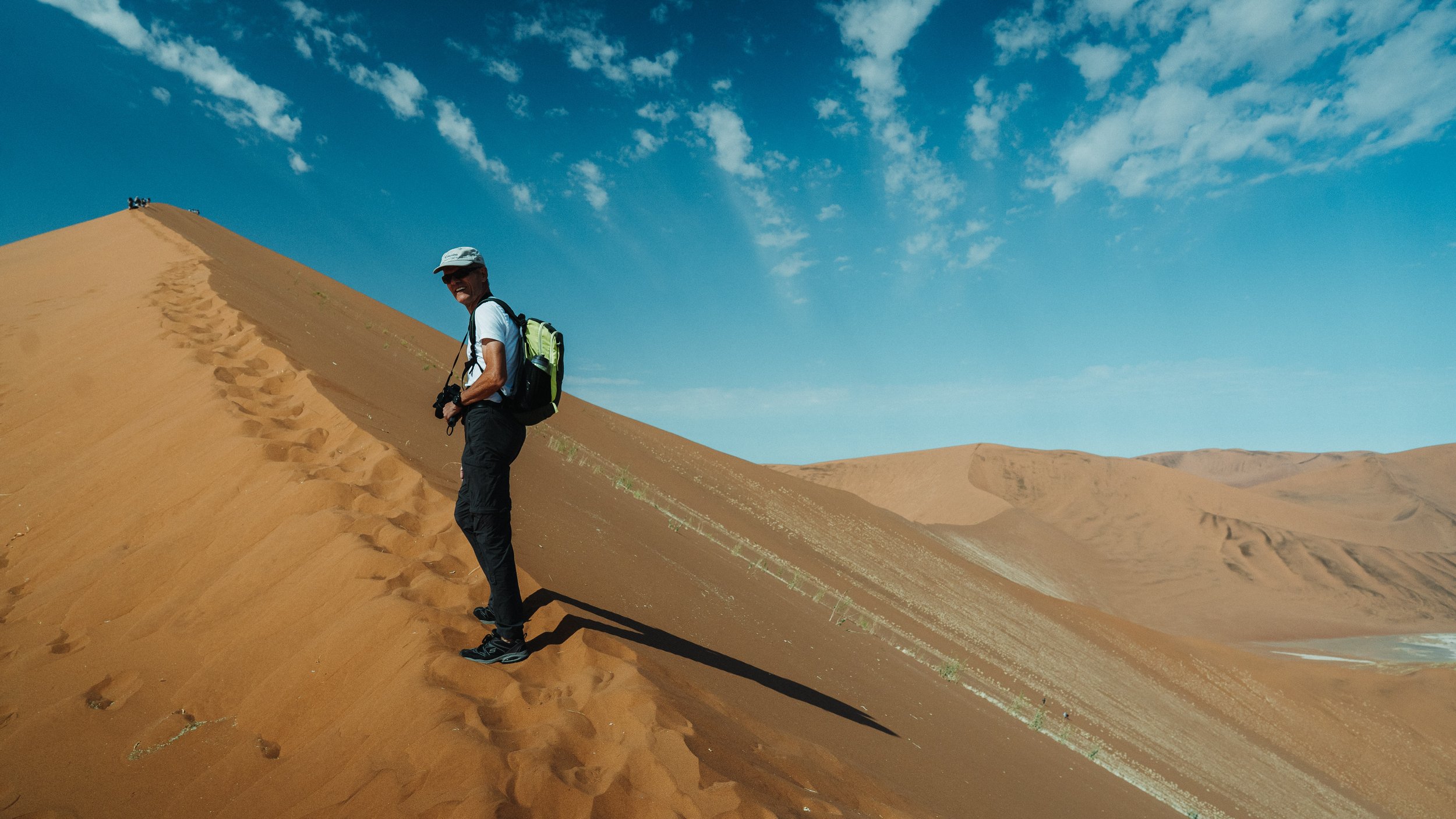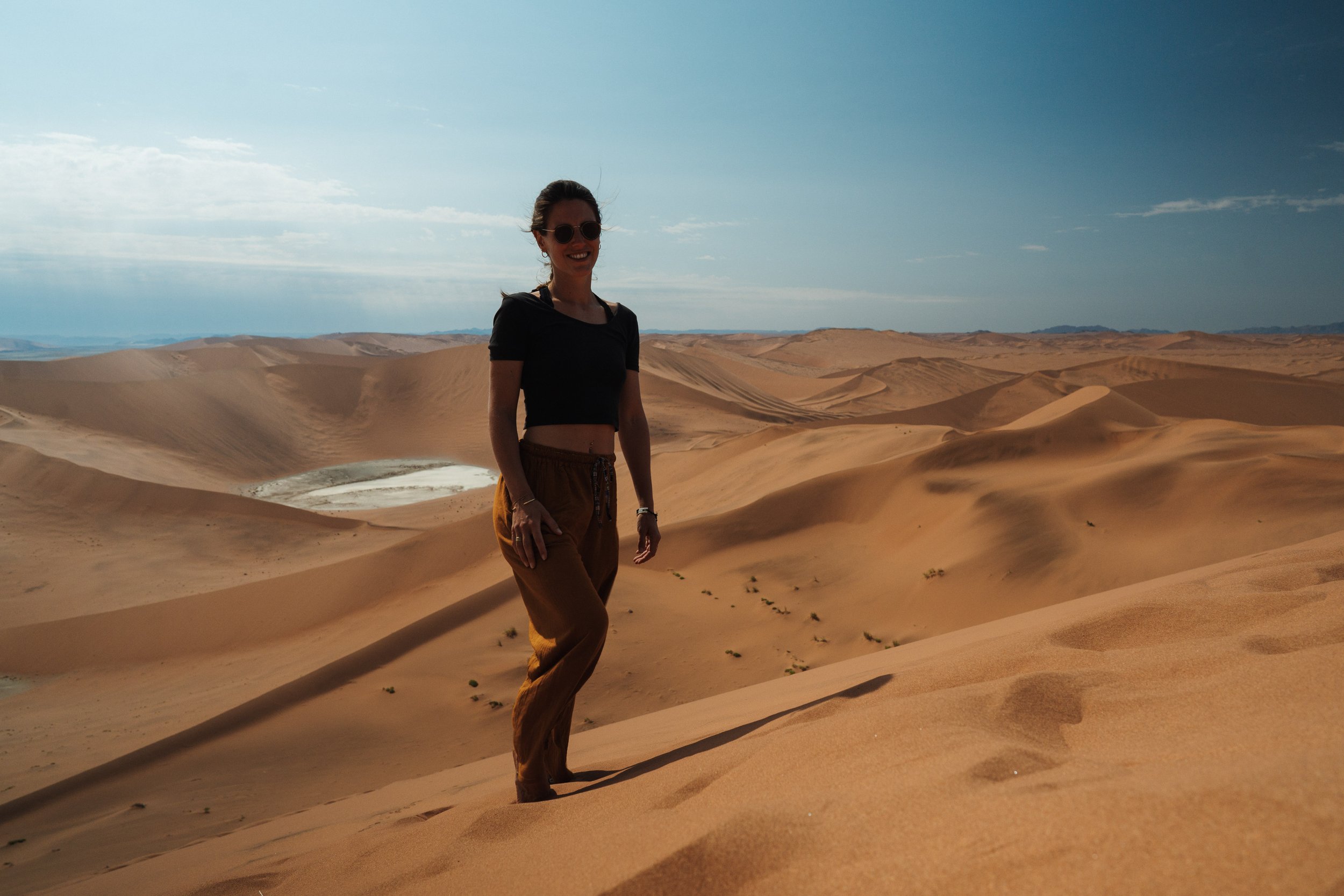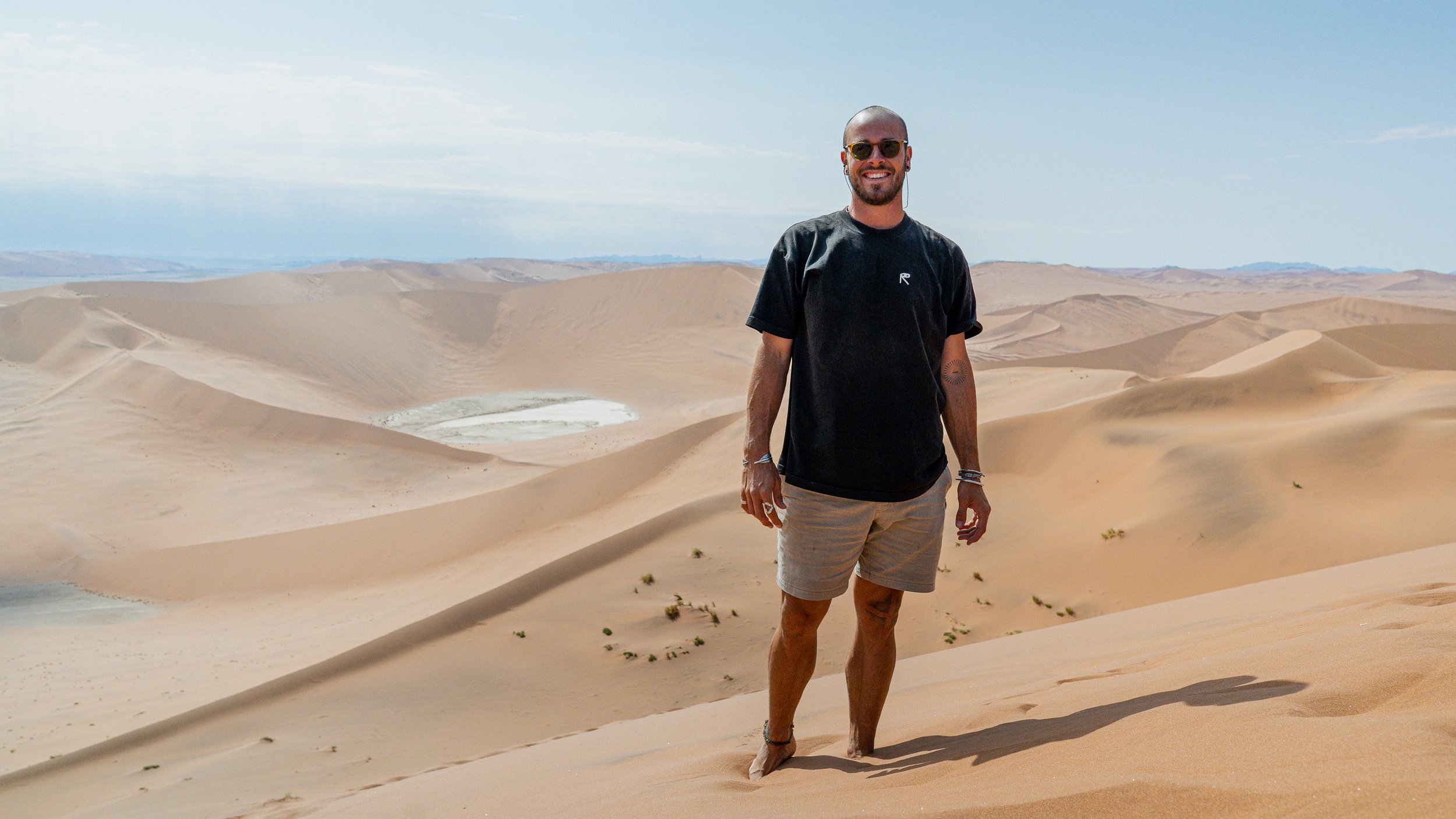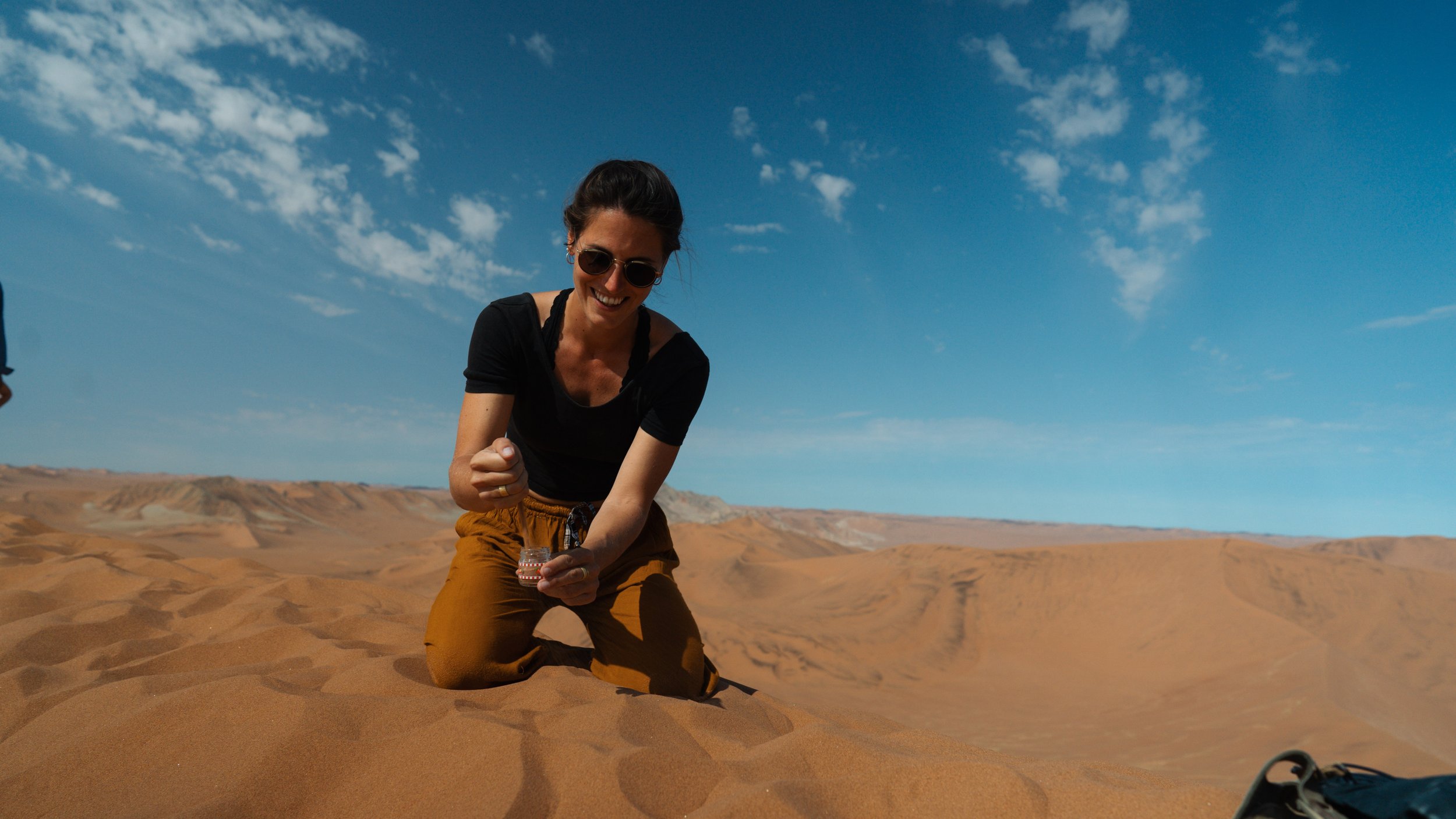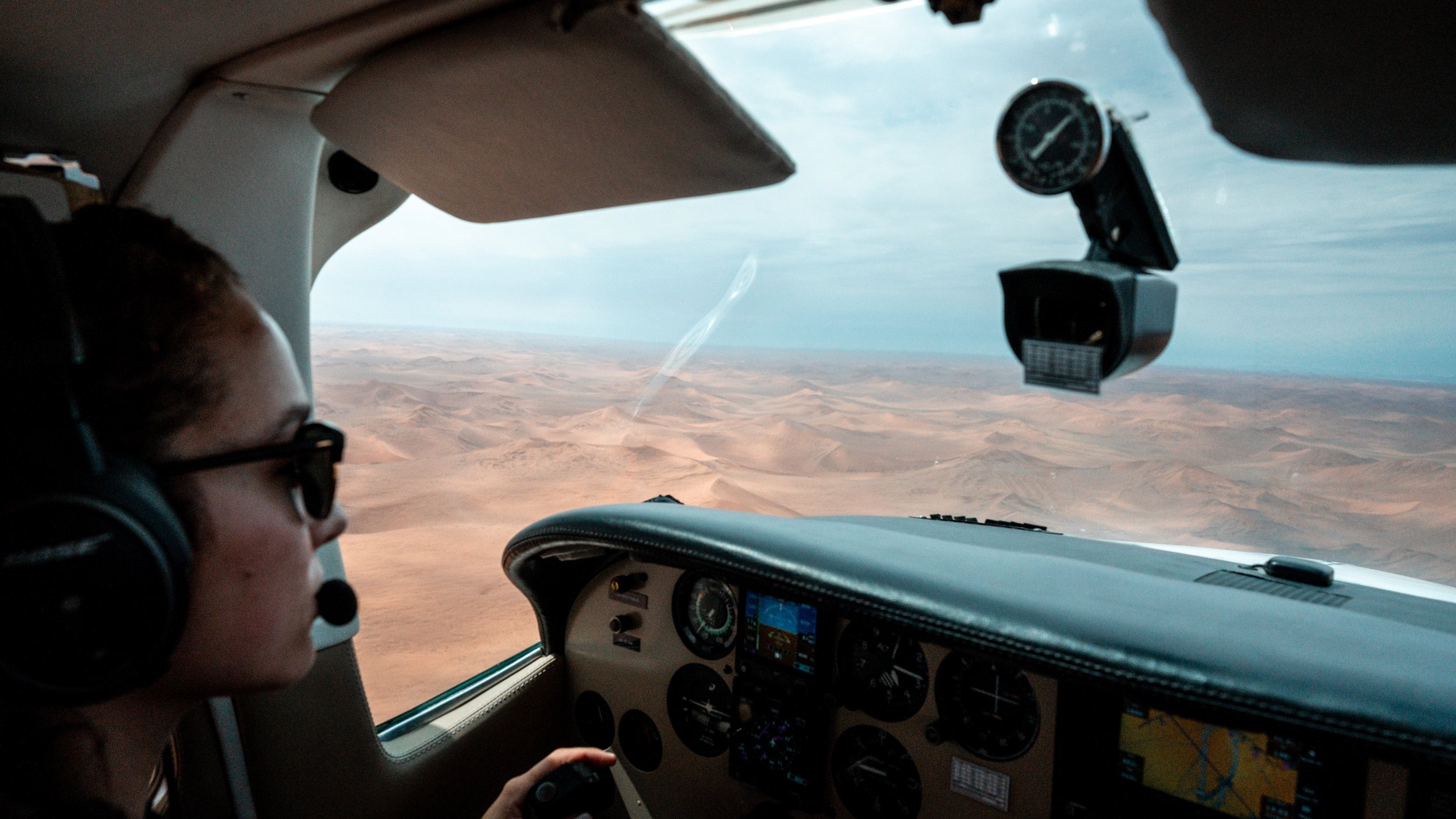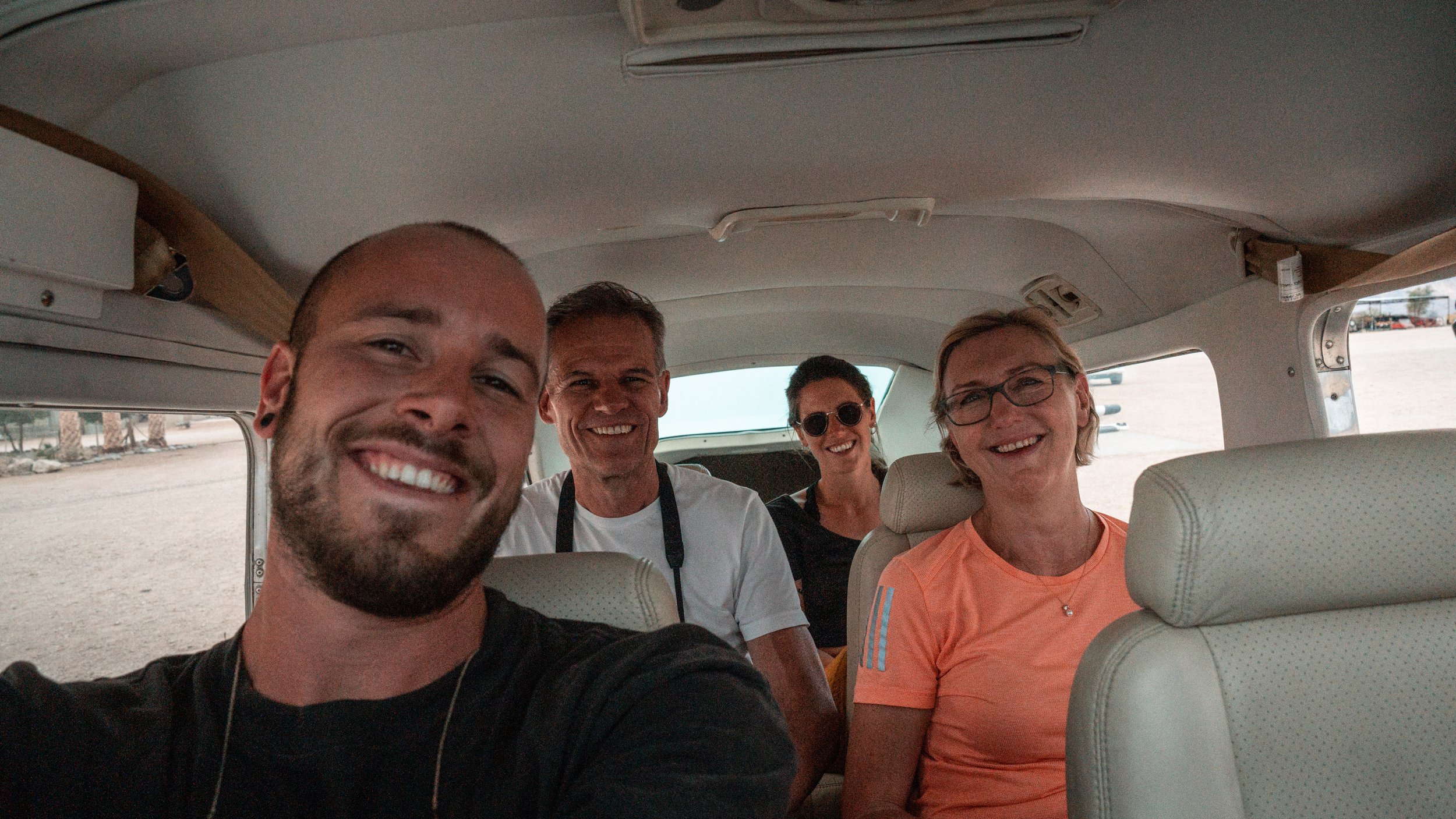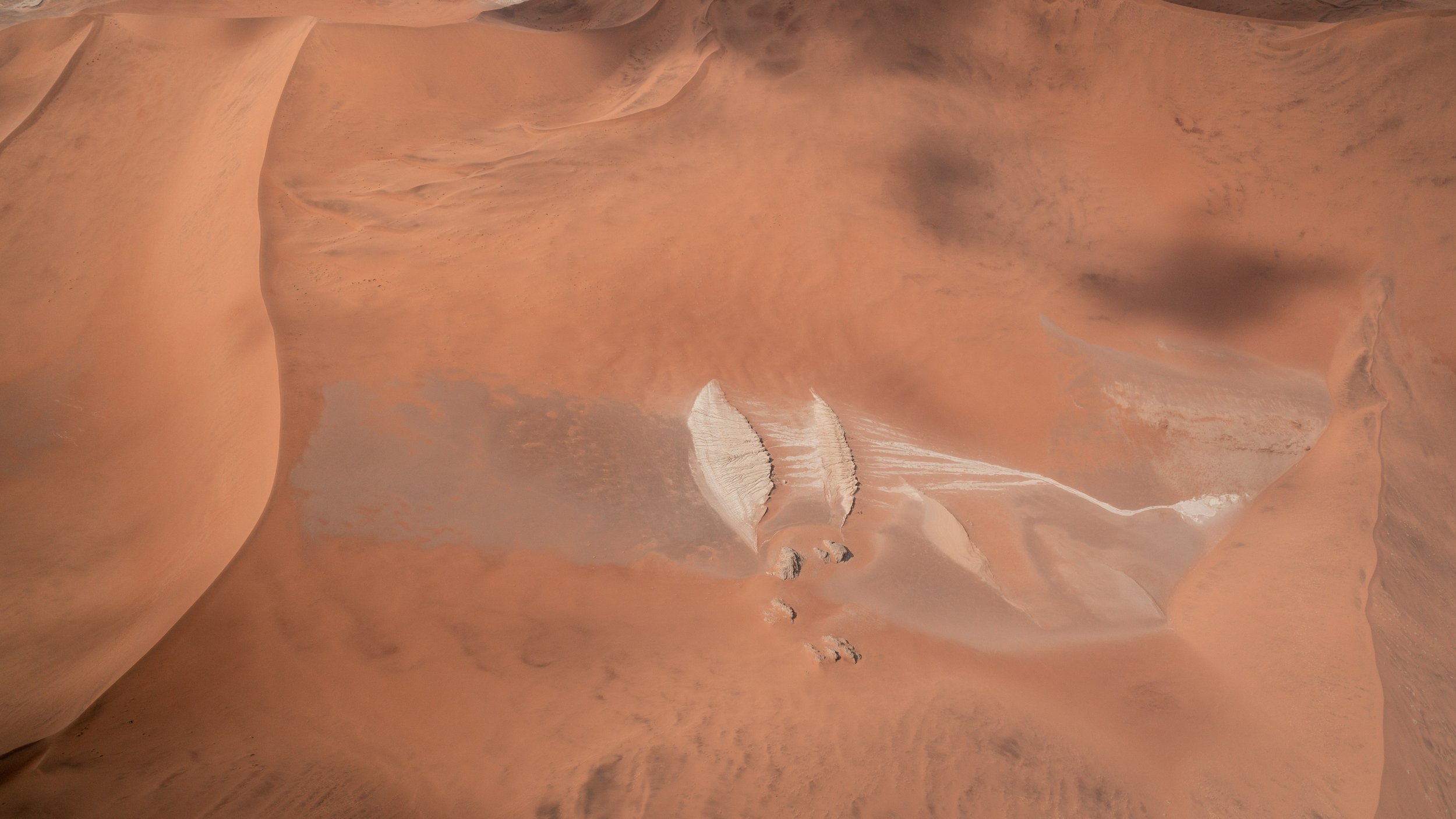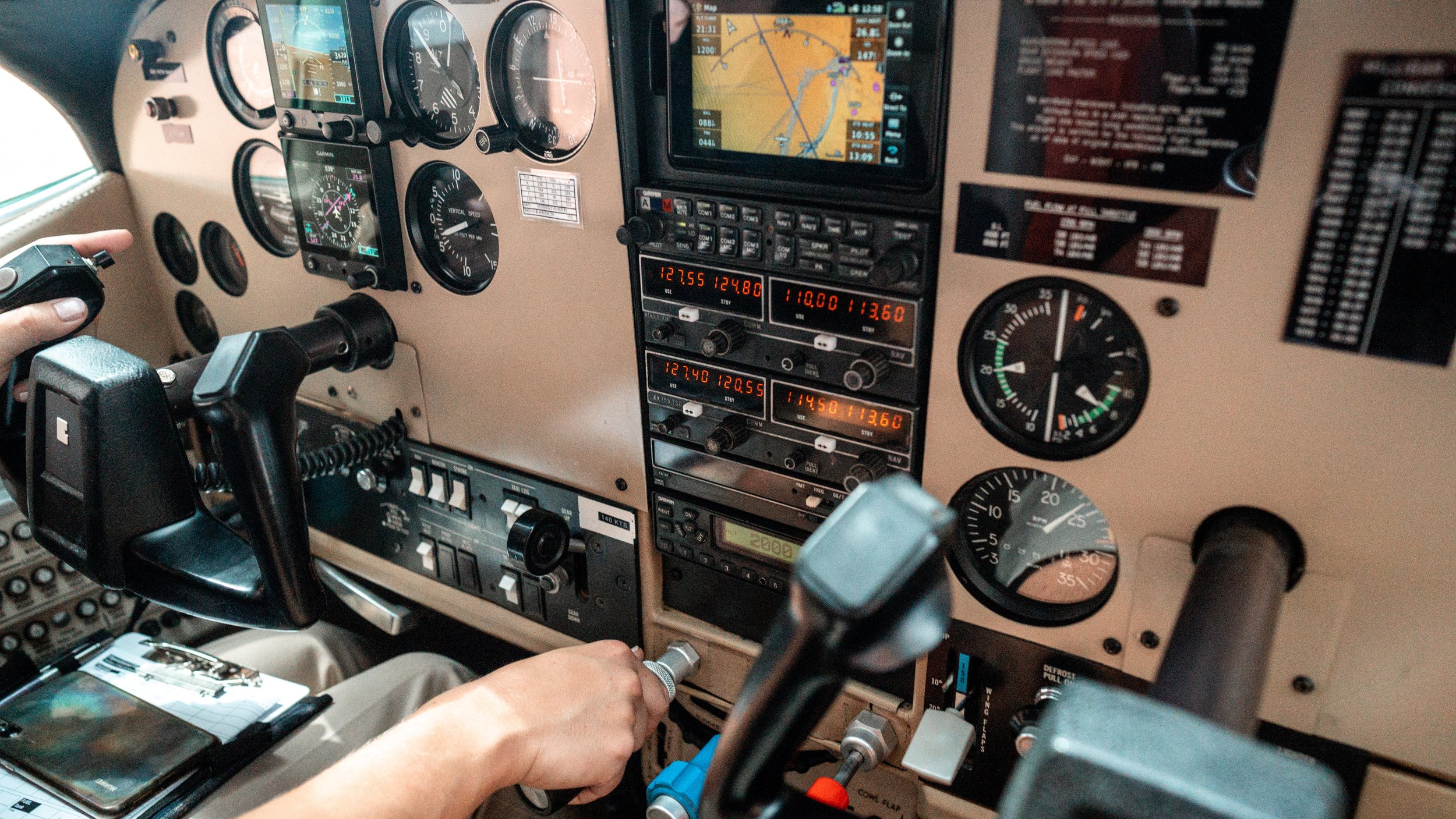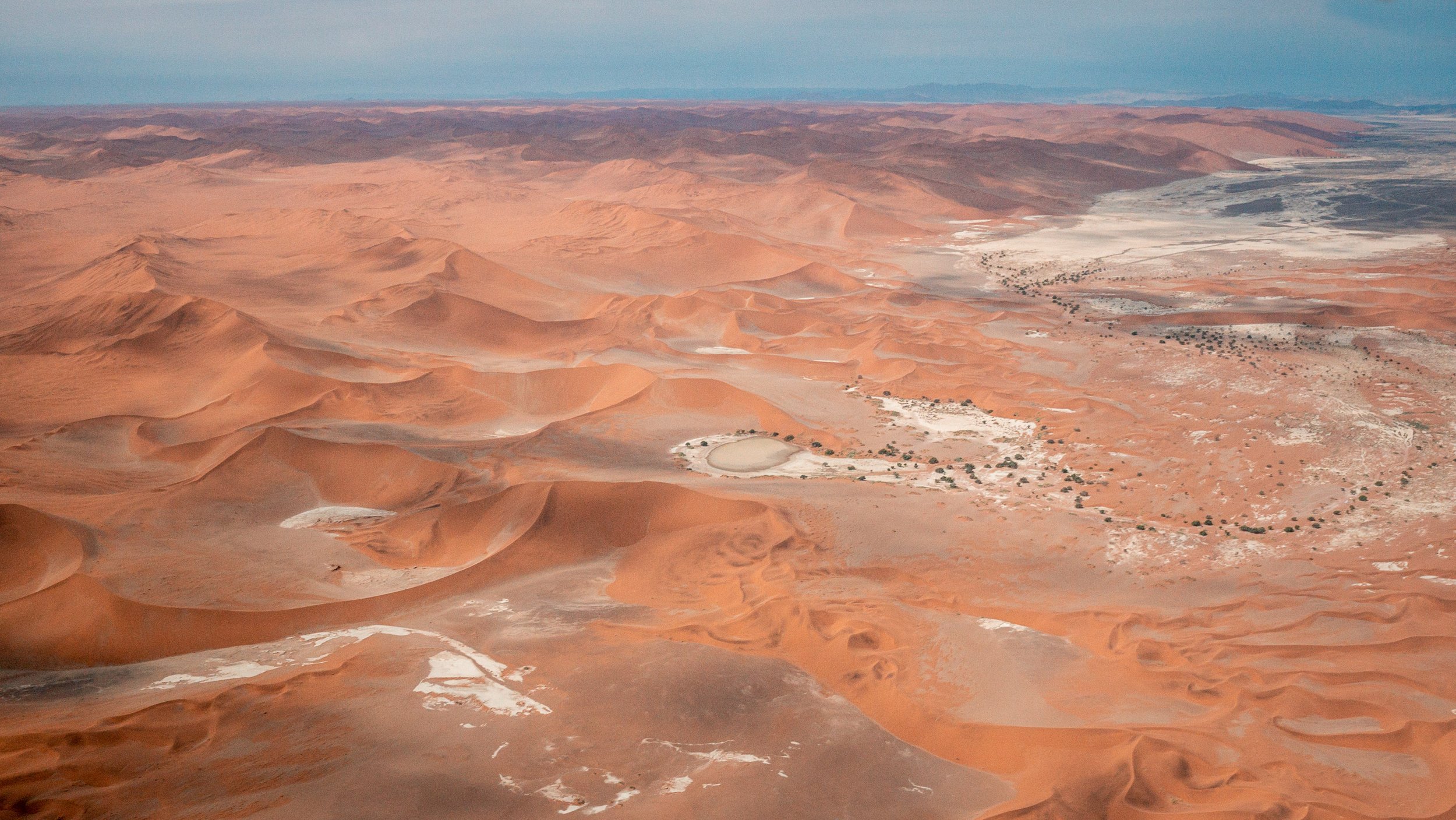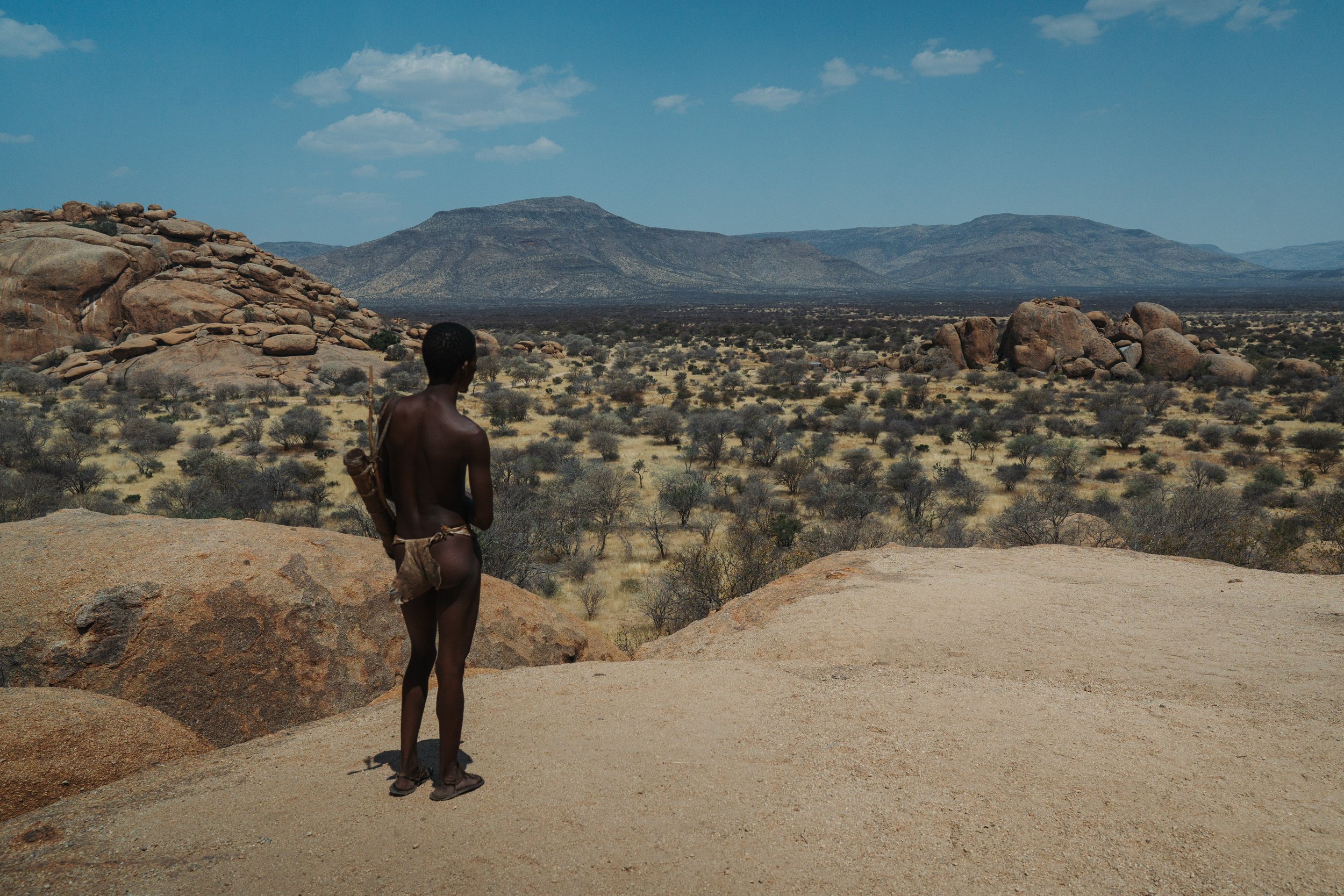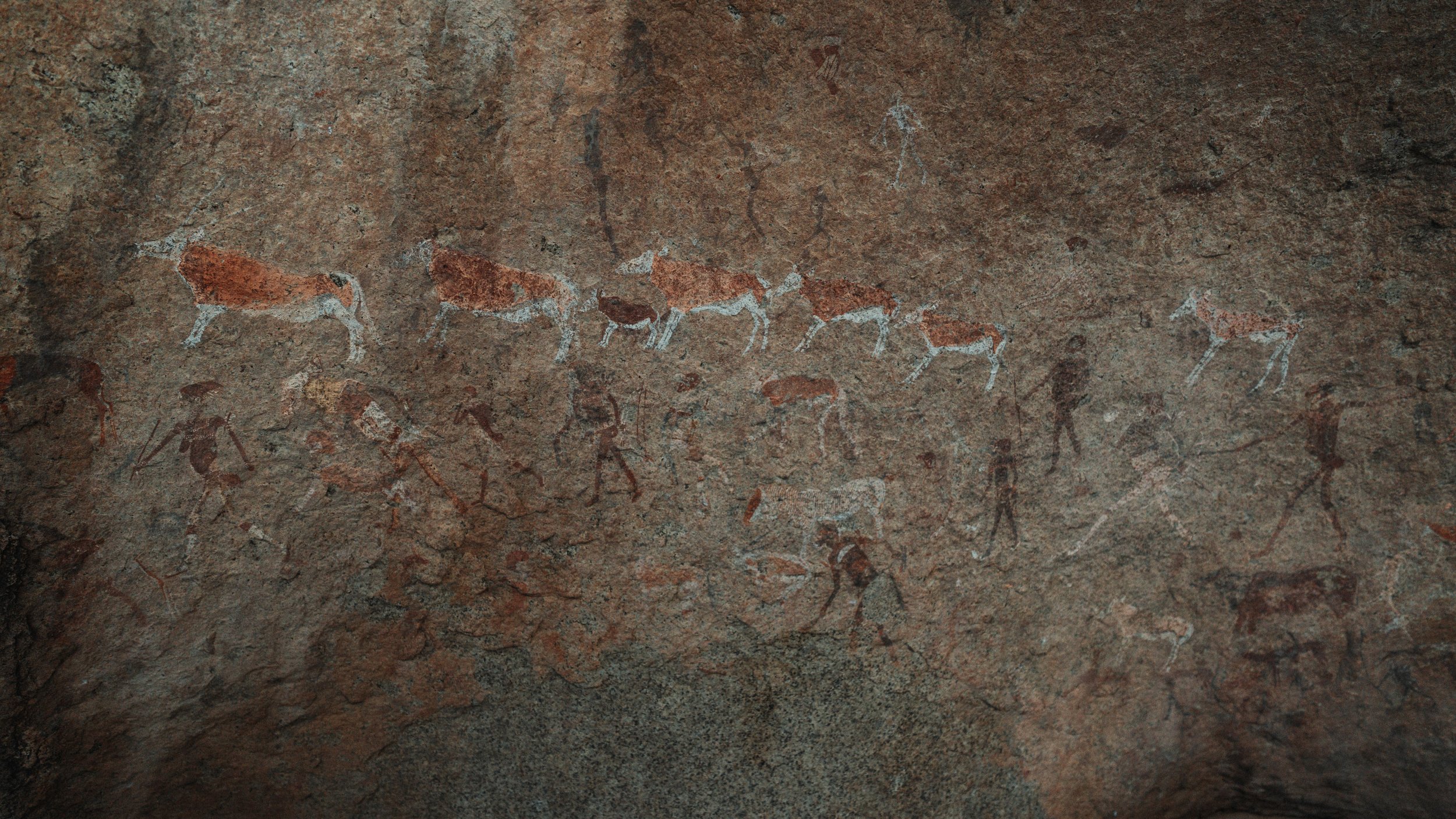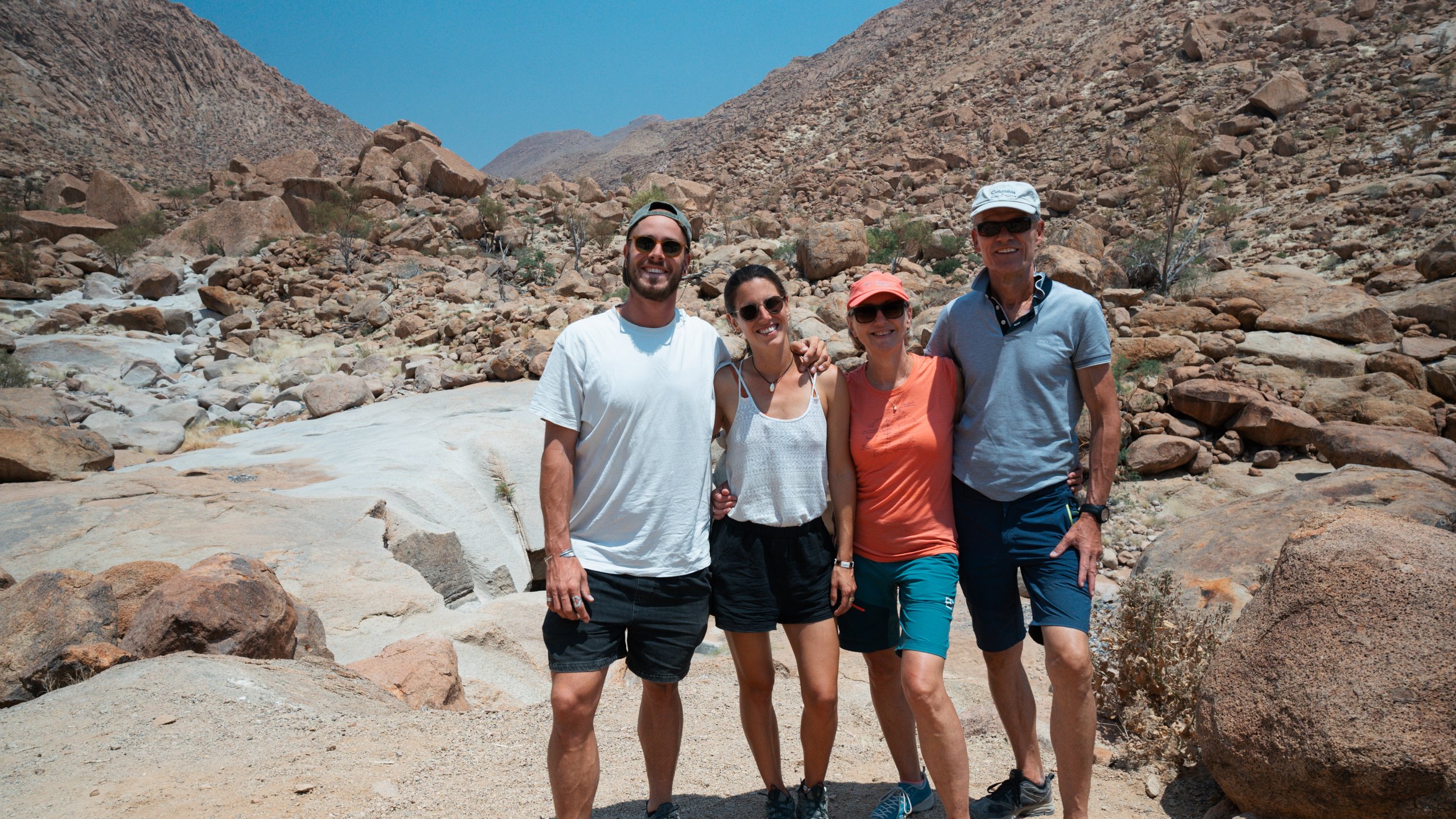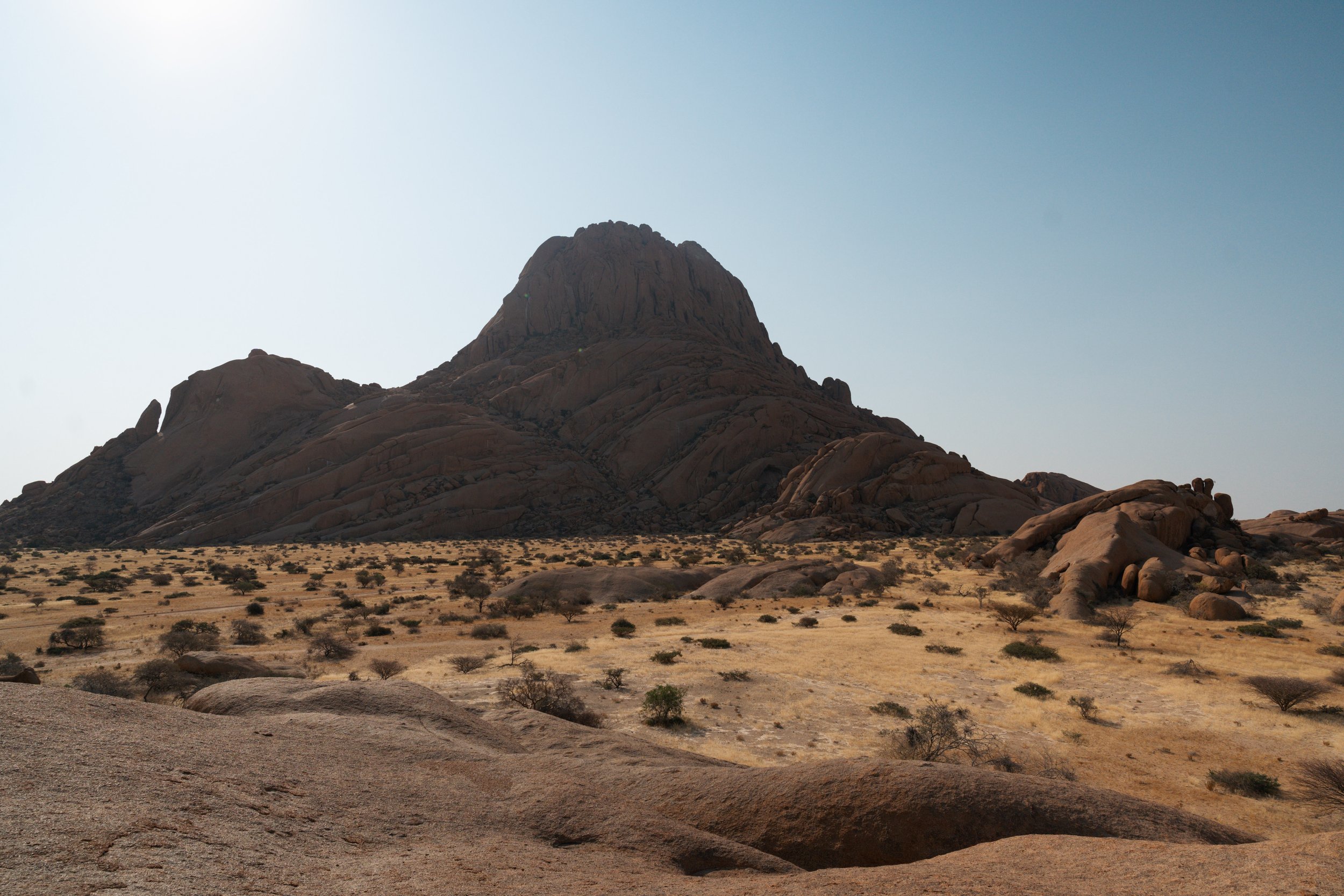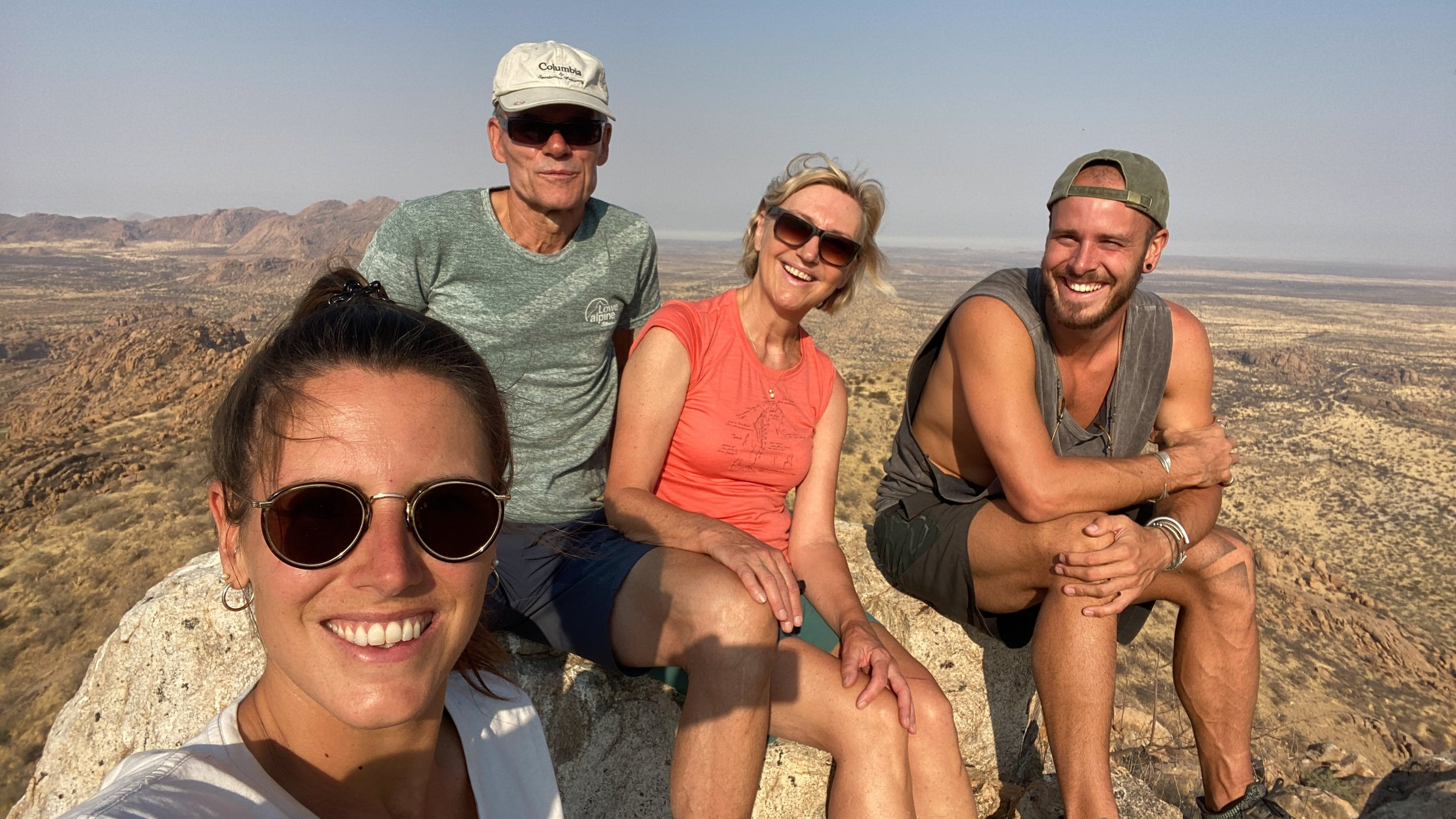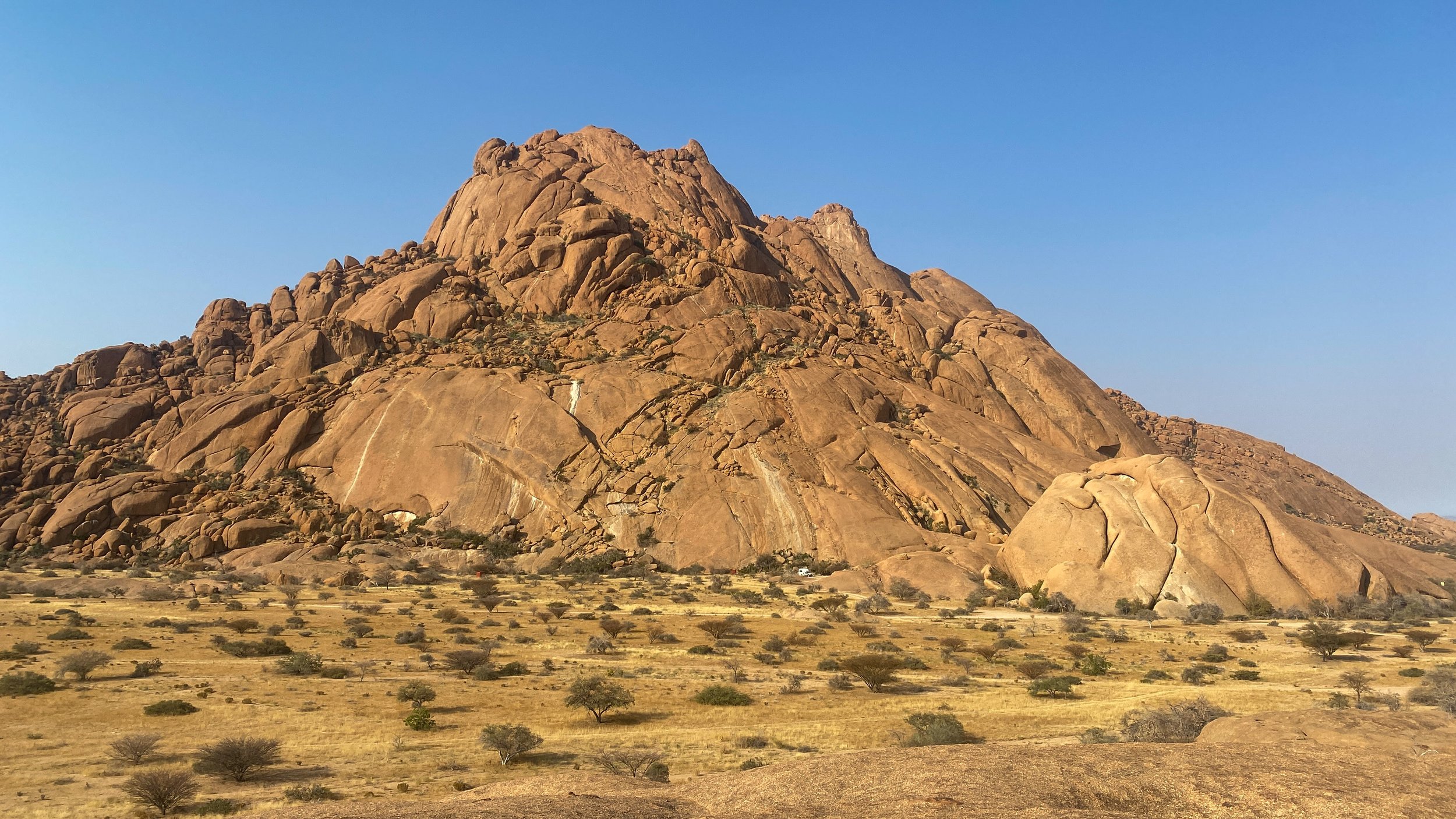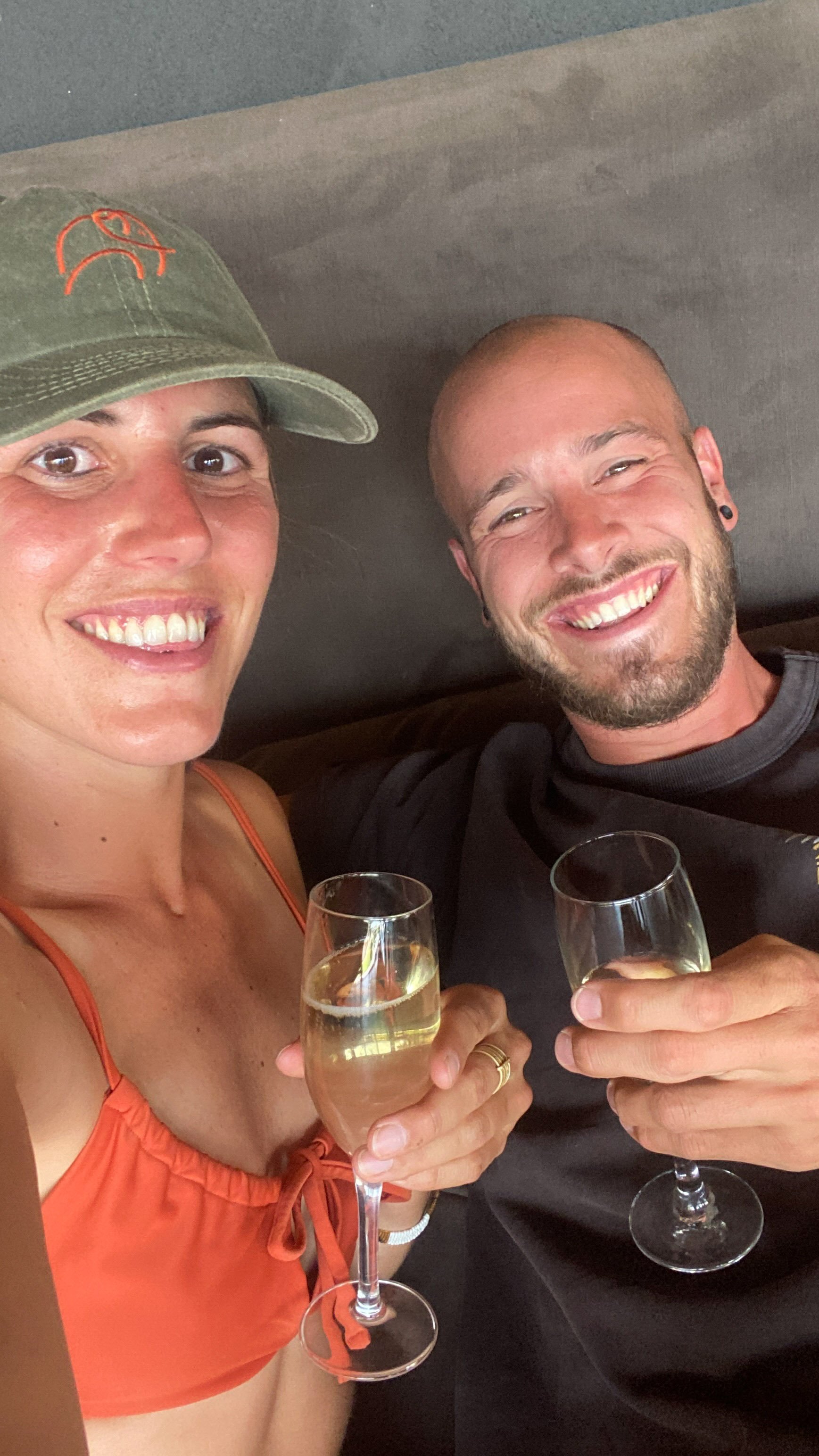We arrived at the campsite where Moritz and Ben were staying. It was not very busy, and we got a spot right next to them. Before we wanted to go out for dinner altogether, Tom and I wanted to plan our route through Morocco for the upcoming days. We only had ten days until we needed to be in Tangier and take the ferry back to Europe. Since Ben and Moritz had already spent several weeks in Morocco on their way south from Germany to Ghana a few months earlier, they were excellent at helping us choose some nice routes. We wanted to drive up to the Atlas mountains and also explore the desert again. Morocco has countless impressive offroad tracks; we got ourselves a guidebook and tried to select our favorite routes. After finding three beautiful tracks we would try, we were ready to go and stroll trhough town with Ben and Moritz and find a place for dinner. A small town festival was happening right next to the campsite, so we mingled with all the locals and sat down in a nice little restaurant where we enjoyed our first tajine, a famous Moroccan dish.
The next morning, we all drove to a big supermarket where we could stock up on groceries before it was time to say goodbye. Tom and I drove to Taliouine, where the first 4x4 track started. There, we left the main road onto a beautiful gravel road all the way to Foum Zguid. For three days, we were following this track, taking a break when we felt like having a snack or to take some nice pictures. We crossed some dry riverbeds drove over a very old pass roead and sometimes, the track was very narrow and in a very bad condition, but our Defender managed it well. We found two amazing spots to spend the nights and really enjoyed this time off the beaten track. Since we were mostly in the highlands, also the temperature was quite nice. This, however, was something we only realized when we arrived in Foum Zguid, the town where we filled up diesel and water before continuing on the next track through the Erg Chegaga, a part of the Sahara desert.
We started on the sand track just before noon and I was getting hungry, so we tried to find a spot with some shade, which was not very easy. There were only a few trees around us without any leaves - of course, since we were driving into the desert. Nevertheless, we stopped and ate a quick lunch, which we speeded up a lot when we stepped out of the car and stood in the heat. Without the wind from driving, the heat was brutal. We do not have an A/C, so the only cooling effect we get is when driving with our open windows. We continued into the desert and soon there were no more trees around us, just sand and more sand and then we saw the first dunes. Our initial plan was to spend the night in between the dunes, but it was waay to hot and to early to set up a camp. So we decided to go into the dunes and drive up and down, which is fun of course, but for us, it was also the only way of surviving in this heat. At least, we had a small breeze in our faces. The temperature was close to 50 degrees Celsius, almost unbearable. At around 5 pm, we were too tired to keep on driving, so we started to look for a place to spend the night. At least we now had some shade of the car to hide from the sun, but it was still boiling hot. We also didn’t feel like cooking and eating, so we were just laying around like dead flies until the sun finally went down and the air started to cool down a little. We thought it would be a good idea to take a shower in order to cool off, but the water in the water tank was literally boiling hot, there was no way for us to take a shower, we would have burnt ourselves with the water. Around midnight, it was still close to 40 degrees Celsius and therefore almost impossble to get some sleep. Our decision for the next day, therefore was an easy one, we wanted to leave the desert again. August was not the ideal time to explore this part of Morocco.
We left the desert in Tagounite and drove to Ourzazate. Our first stop was the supermarket to get an ice cream :) We then had to make new plans and decided to visit the Atlas Studios, the Hollywood of Morocco. Many famous movie sets were built there from movies like Gladiator, Cleopatra, and Passion of the Christ to name a few, and what’s special about the movie sets is, that they remain once the movies are finished. Like this, they can be reused for movies with a lower budget. We had a very interesting tour through the various film sets.
From there. we continued a few kilometers east, where we drove to a lake, it was nice to have some water around us. At Lake ‘Barrage El Mansour Eddahbi’ we spent a quiet night, the only visitors were the various street dogs from around this place, which all slept around our car.
Our last 4x4 track we had chosen was waiting for us, luckily, it led through the Atlas mountains again and therefore we were hoping for some cooler temperatures. It was a more touristy route through the Dades Gorges and over the ‘Col du Duano’, so unfortunealtey, most of the track is paved by now. On the bright side, there were almost no other tourists, since it was not the high season. To spend the night, we drove all the way to Lake Tislit, a truly breathtaking scenery with a lake up in the mountains. Hassan, a Berber who takes care of the lake, stopped by when we had set up our camp. He spoke French and some English and we had a nice chat about this place and his life up here. He invited us to visit his friend and his family the next morning for tea before we would leave again. It was a very nice experience to meet the traditional family and taste their delicious bread and have some tea altogether. We really enjoyed this stop a lot.
From Lake Tislit, we drove straight to Fès, a traditional Morrocan city in the north. These towns are mostly car free with very narrow streets, so we decided to park our Defender and treat ourselves to a nice Riad in town where we stayed for two nights. We both had our first job interviews online, so it was nice to have the possibility to have the video calls in a hotel room, and since it was the low season, we got some great promotions. We really enjoyed the two days in Fès. We went on a “Free walking tour”, something we really enjoy in every city we visit, and we learned a lot about Morocco and its culture. We also visited the Hamam and tasted delicious food in some nice restaurants, it was a real treat after the many 4x4 tracks and wild camping spots from the past days.
From Fès, we drove to Chefchaouen, our last stop in Morocco. Chefchaouen is also known as the “blue city”, since everyone started to paint their houses in all shades of blue. Now, it is a beautiful traditional city to visit. This time, we stayed on a campsite just on top of the hill of Chefchaouen, a very nice campsite, where it was easy to explore the city by foot. We also went on a “free walking tour” and enjoyed our last two days in Morocco a lot, before it was time for us to catch the ferry back to Europe. Tom went to the barber to get his last shave on African grounds, then, we chose a nice little restaurant for our last dinner and we had an amazing dish, Chicken Bastilla, we were definitely in food heaven. We then returned to the campsite to go to bed early, the next morning, we had to wake up very early to reach Tangier in time for the ferry.
We had to leave very early to reach the ferry to Spain. It was unreal and sad and exciting at the same time to be leaving Africa and go back to Europe. What a journey this has been. Our luggage is full of amazing memories and our hearts are touched from countless beautiful souls we got to know along the way.






































































































































